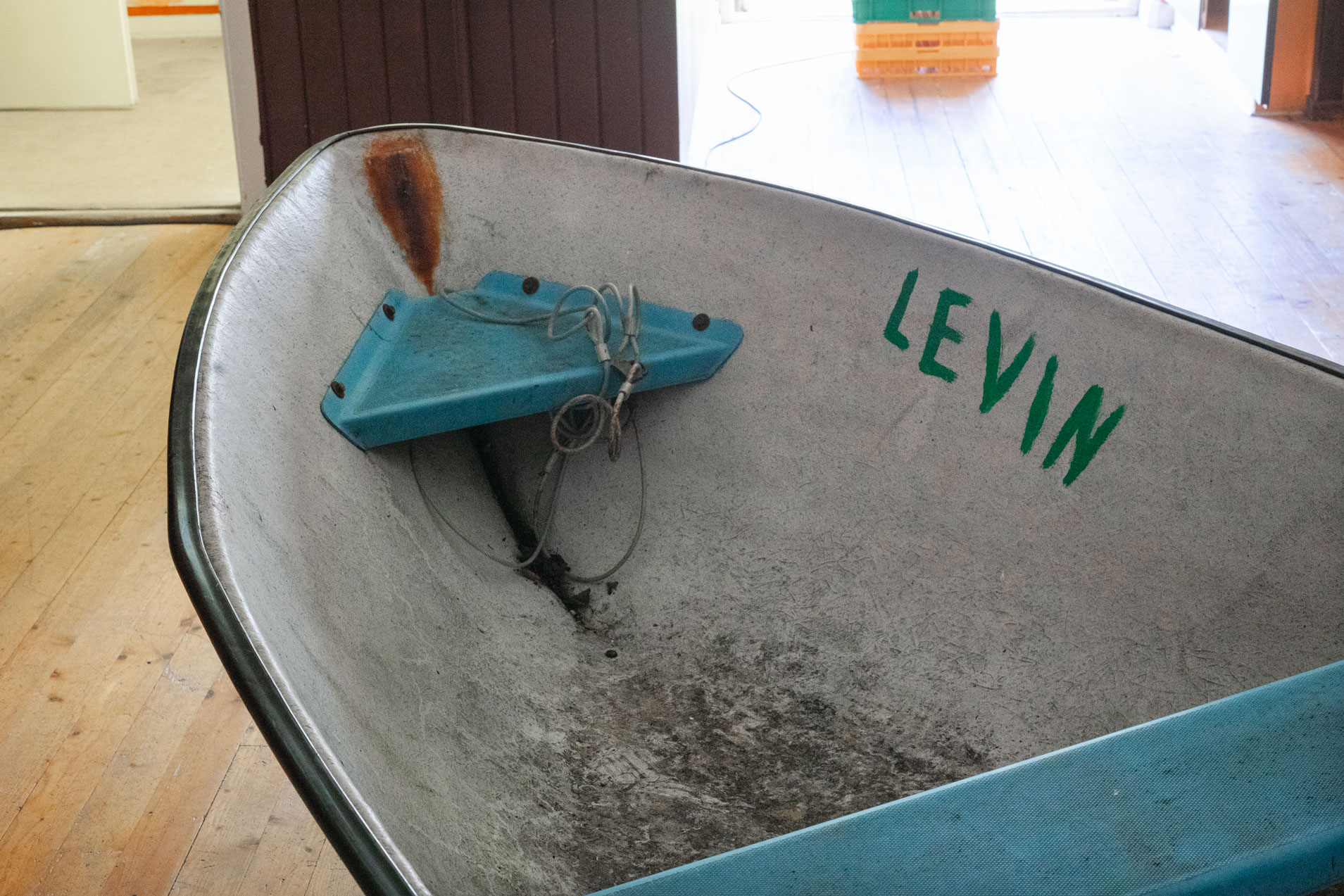[ capture ]
PARTICIPATING ARTISTS
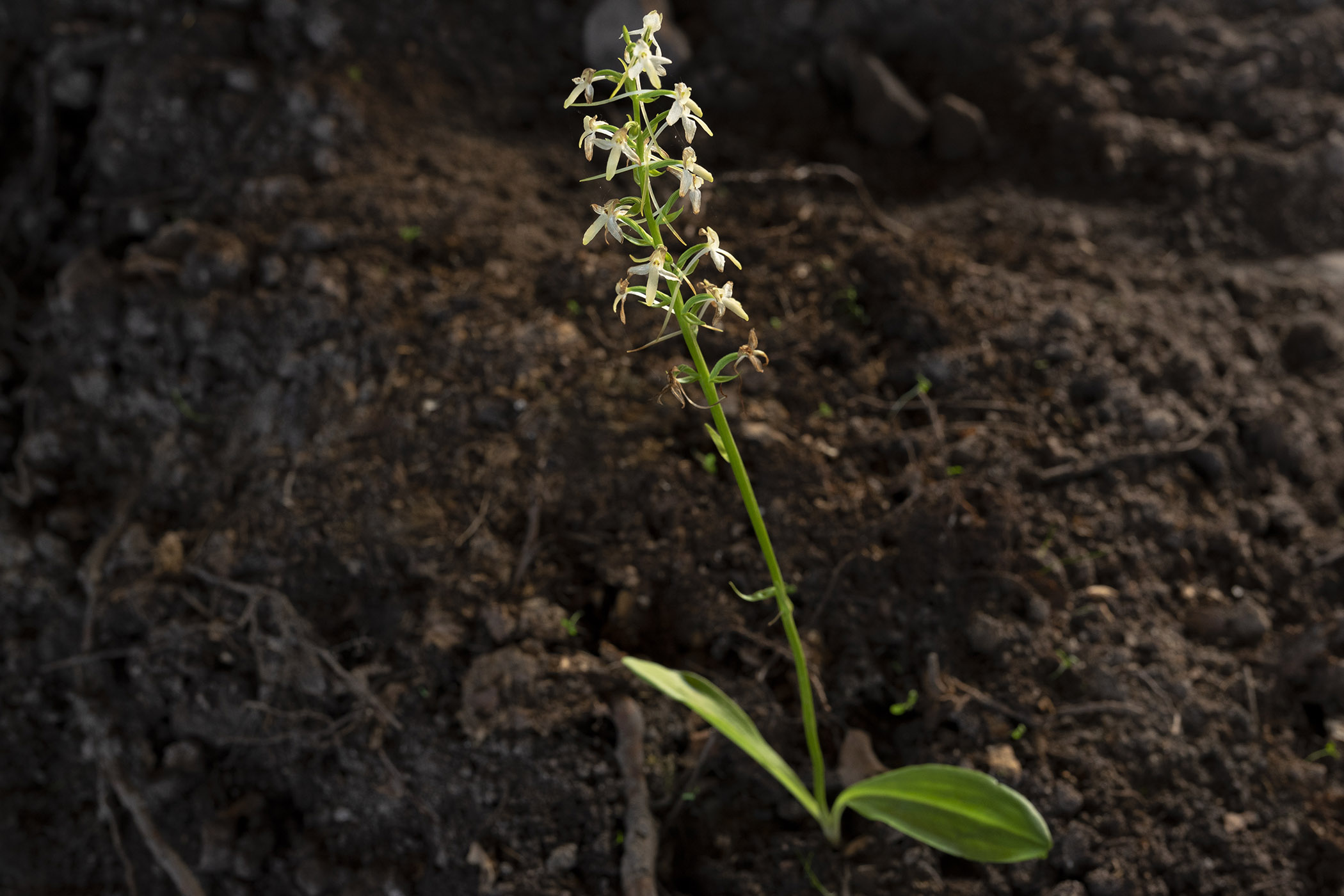
We take a photograph, we shoot a video and we know that what takes place is that we have captured something. In a similar manner, we record a voice or birds chirping. We can capture a moment in time, a pose, a movement, an essence, and that’s possible not only with time-based media but also when we paint a landscape, when we choreograph, and in general when we transpose matter, words, and ideas in any domain. (read more)
A score for three bodies in planetary dancehall
metamorphic granite, butterfly orchid, soil, and an original soundscape by Smári Rúnar Róbertsson
A speculative choreography for a very slow dance in deep time tempo between metamorphic granite, human, and butterfly orchid. We are all, including rocks and plants, already in constant motion and intra-action. An already ongoing dance that extends beyond one’s lifetime, a stretching exercise for the imagination, and a hard reality. This work is inviting one to move in a rhythm, that even the stone - maybe only the stone - understands. —The granite’s mineral composition is strikingly similar to the composition of the human body.
(read more)
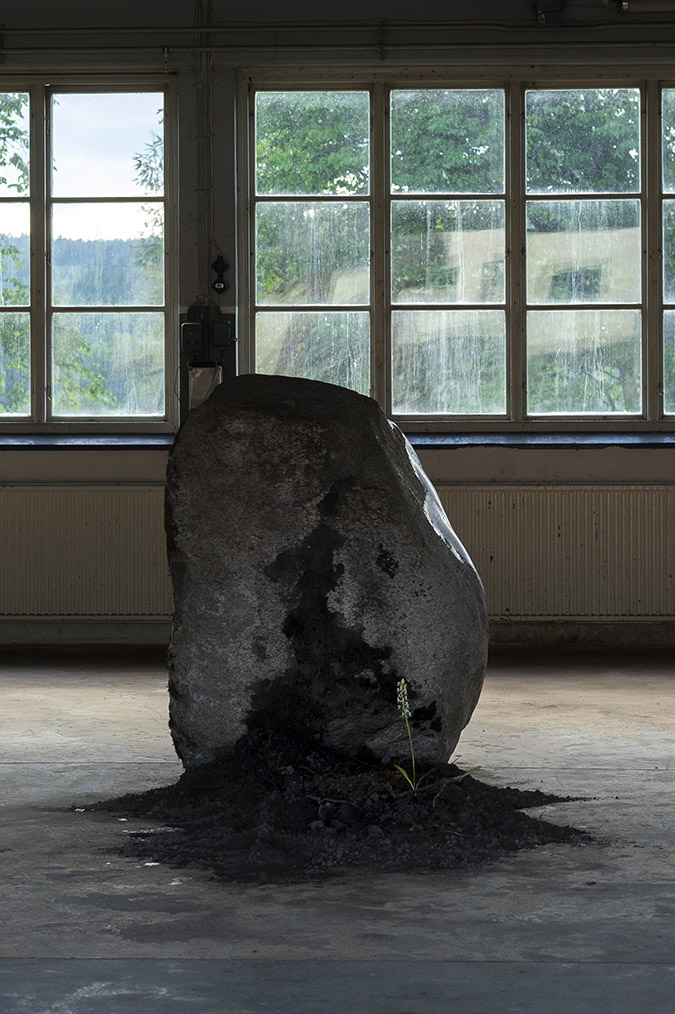
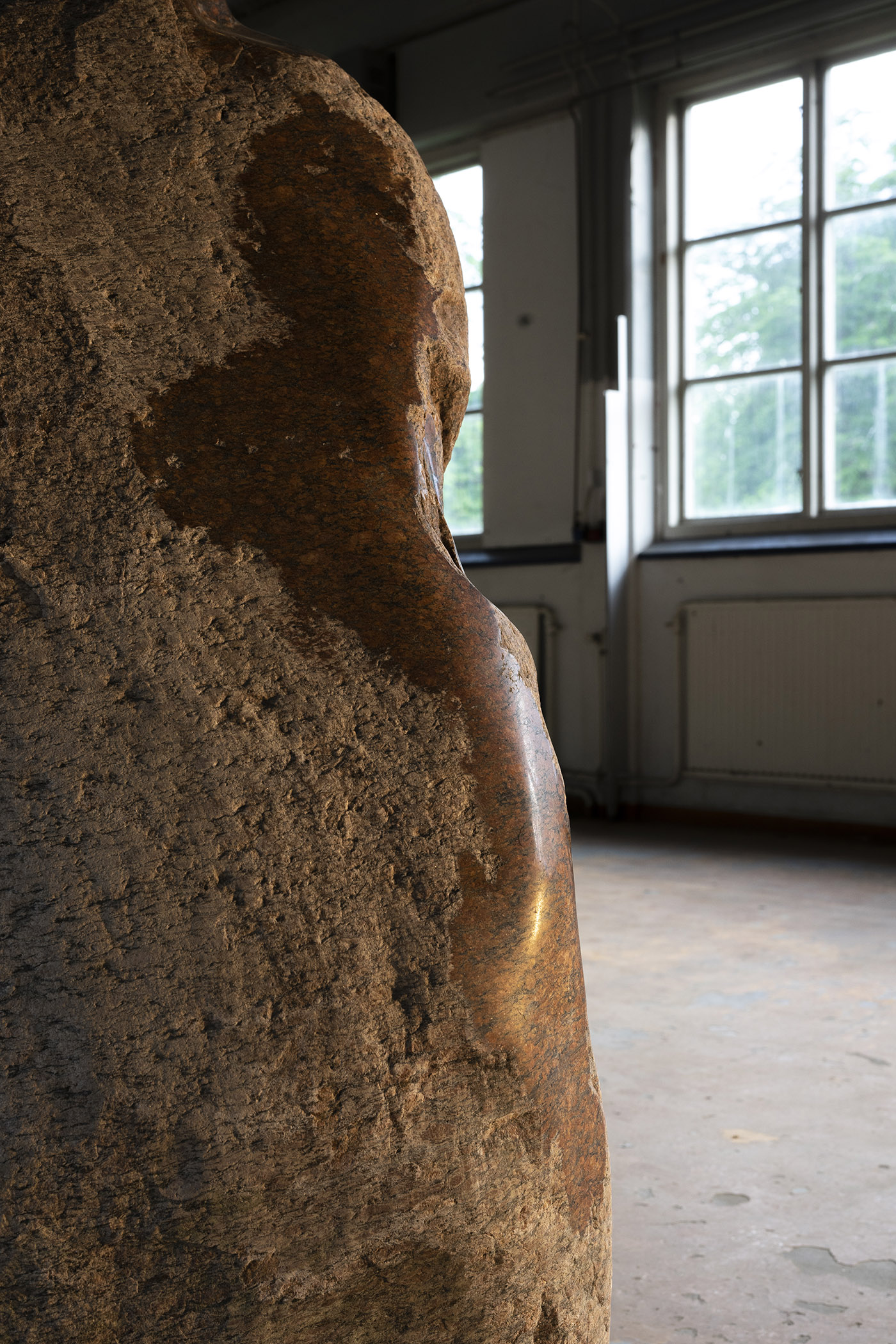
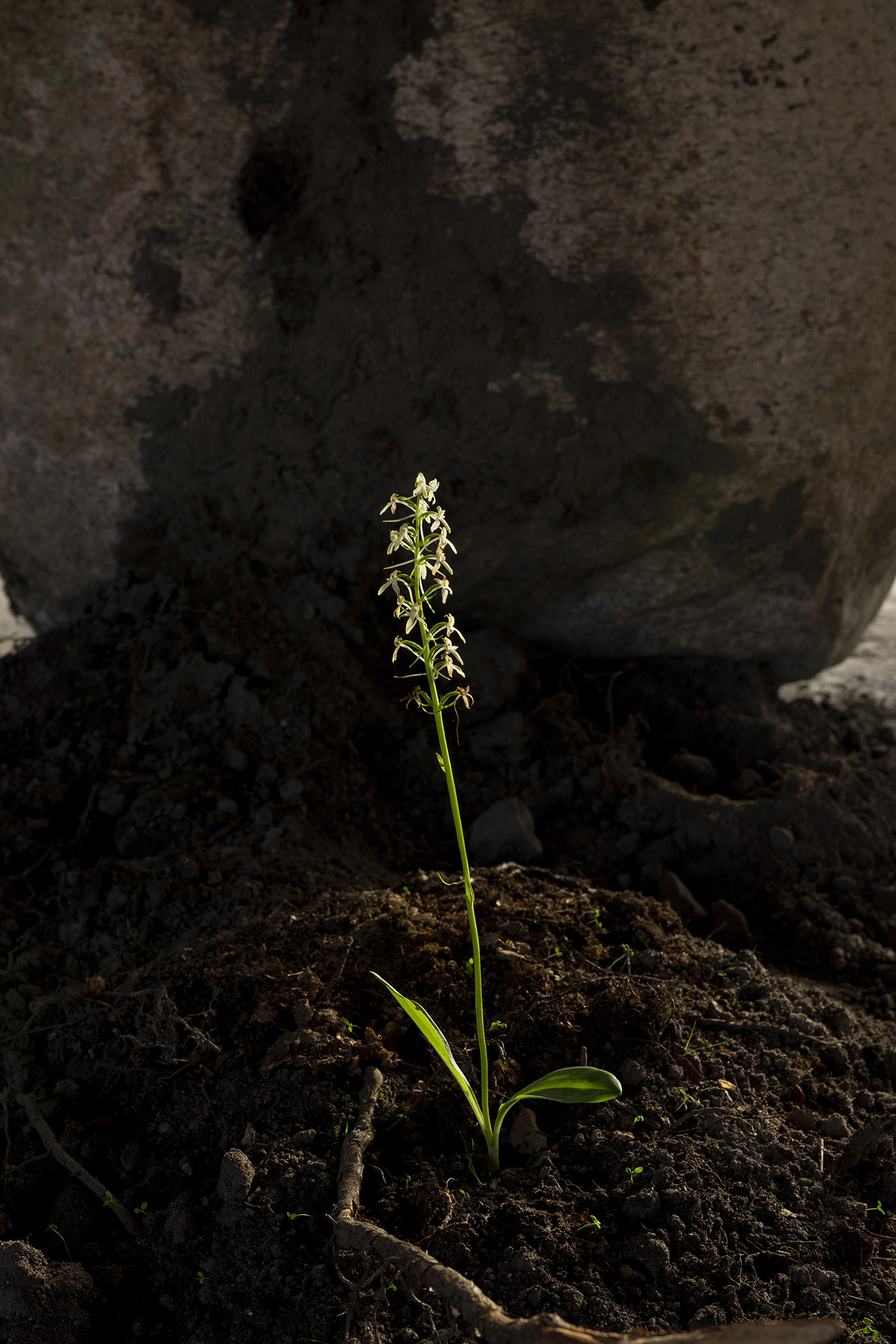
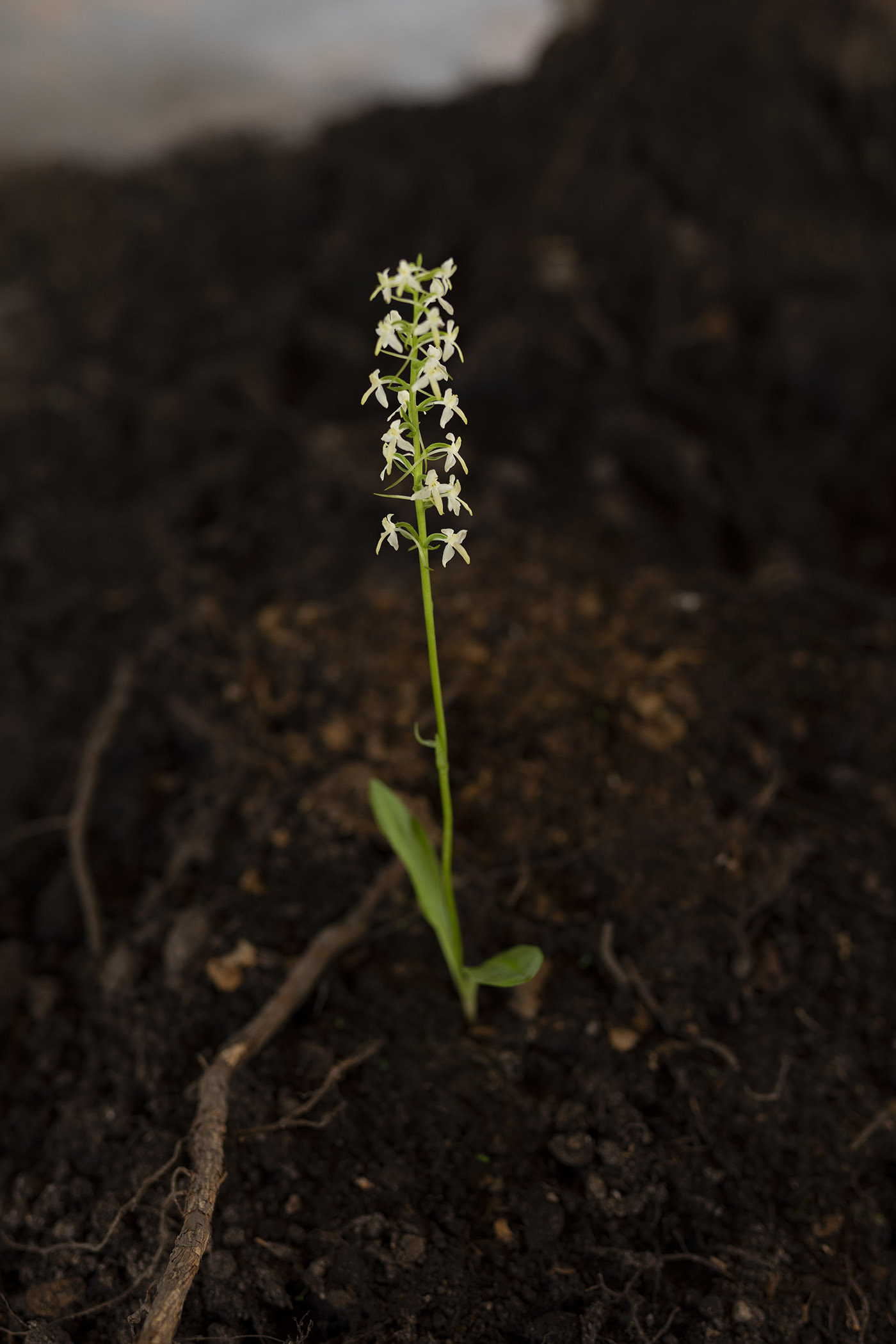
Bark with a trace
video
West of the moon (in collaboration with Smári Rúnar Róbertsson
video
Much of our work is deeply rooted in our interest in the political, mythological, musical, (art)historical, scientific and filmic depiction of nature as a tool to understand our perception.
During our time in Hybrida we would like to wander, dwell and explore the possibility of space traveling through imaginaries, as capturing always has to do with perception and the way we channel our views/imagination. To reclaim some ghosts from the past, we would like to propose a way to invest in a future that has already happened; A science fiction of the past.
Therefore we are planning to delve into the deep surface of a tree bark, to explore it like a not-well-understood planet using the virtual camera from multiple viewpoints so we can ‘timetravel’ through the surface and experience the tree as liquid as the crystals of our screens and at the same time as grounded as the roots beneath us.
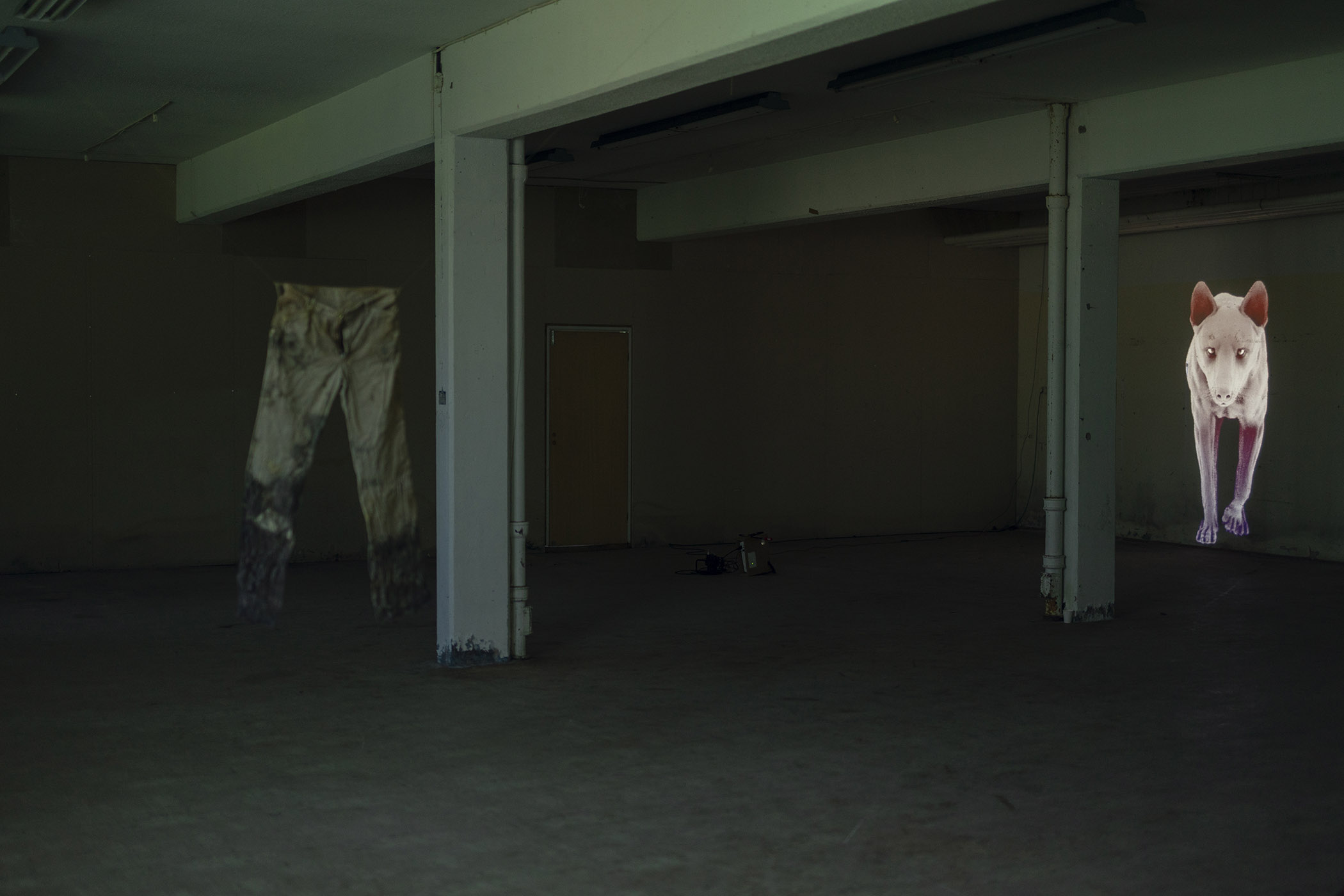
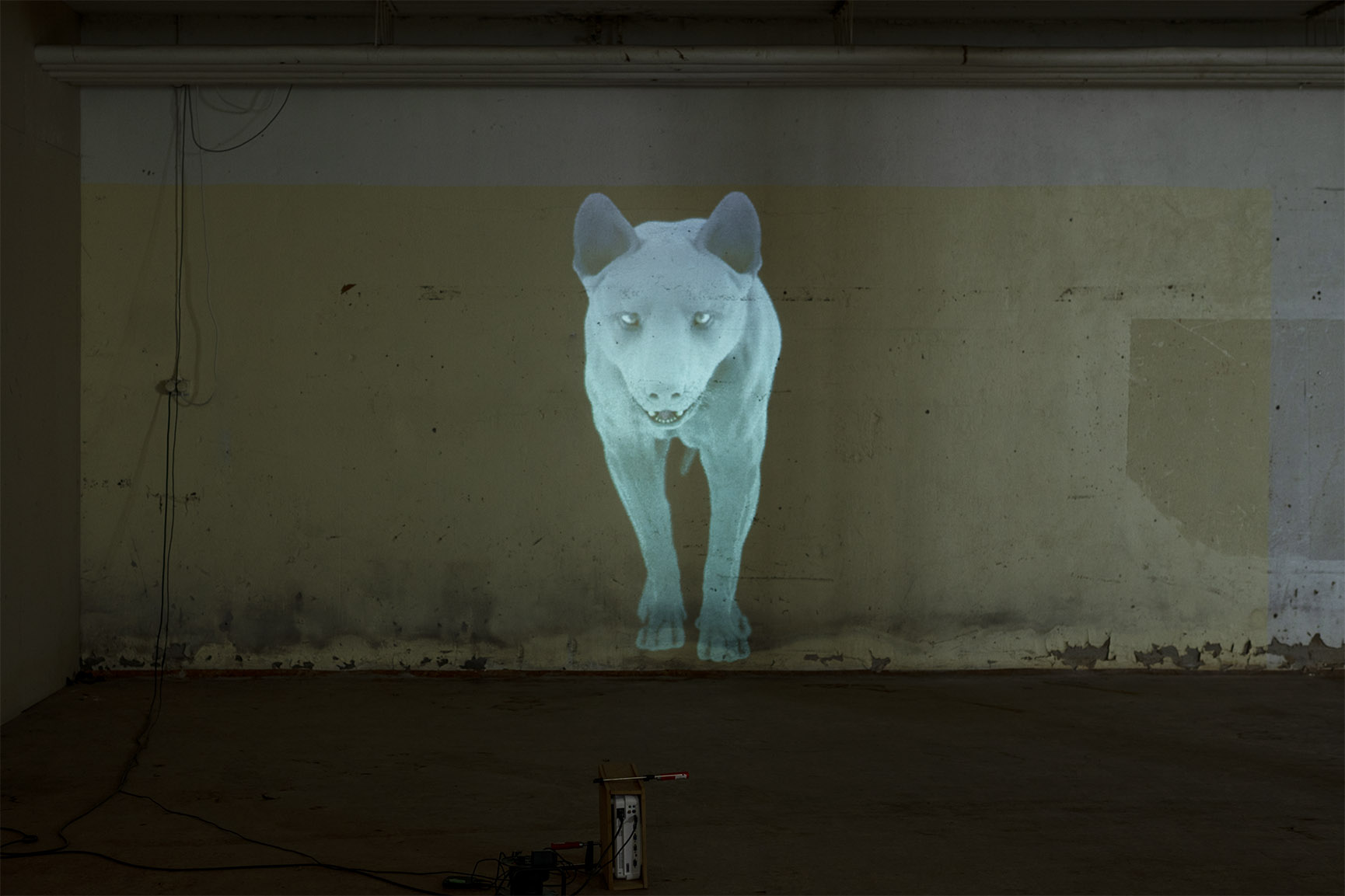
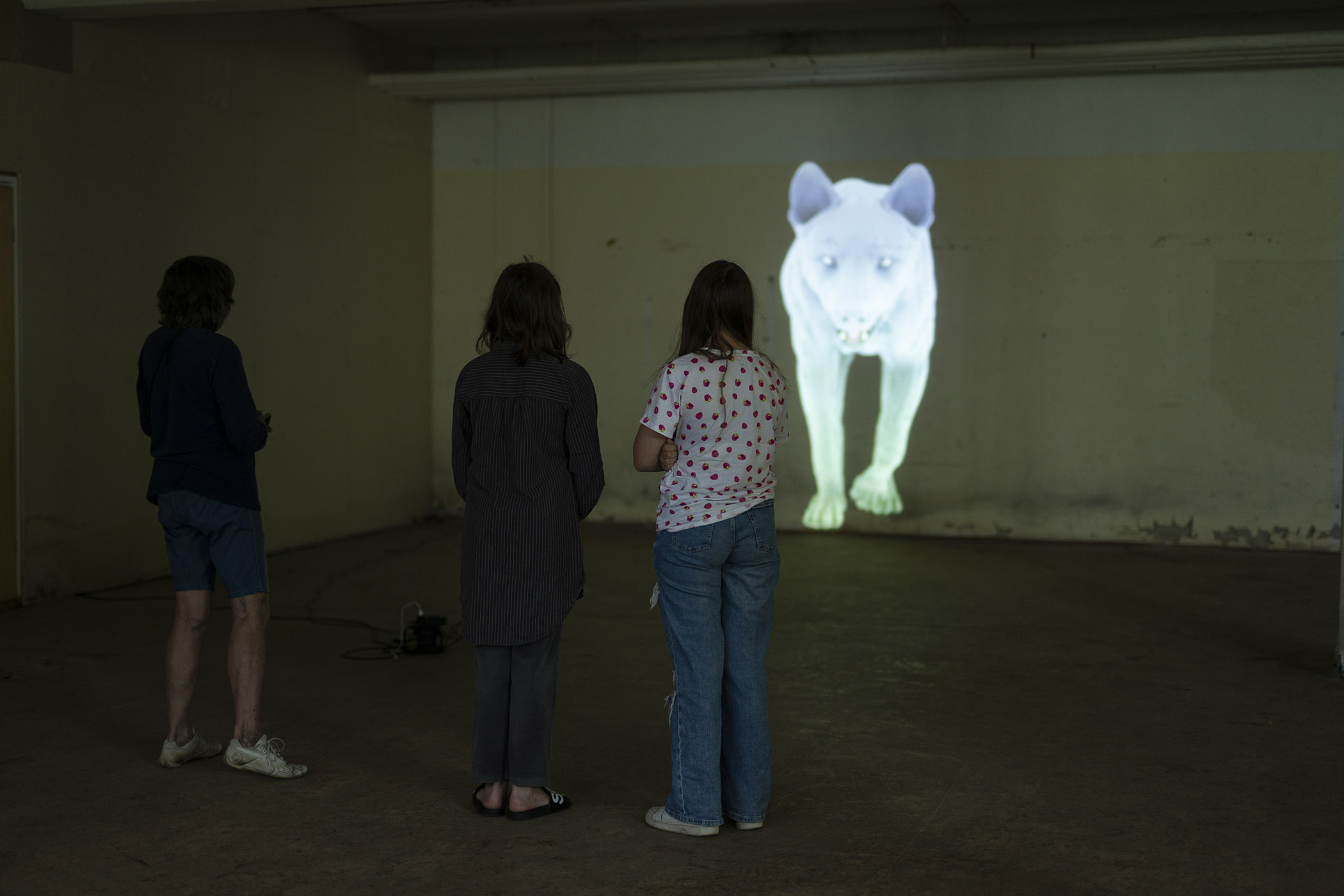
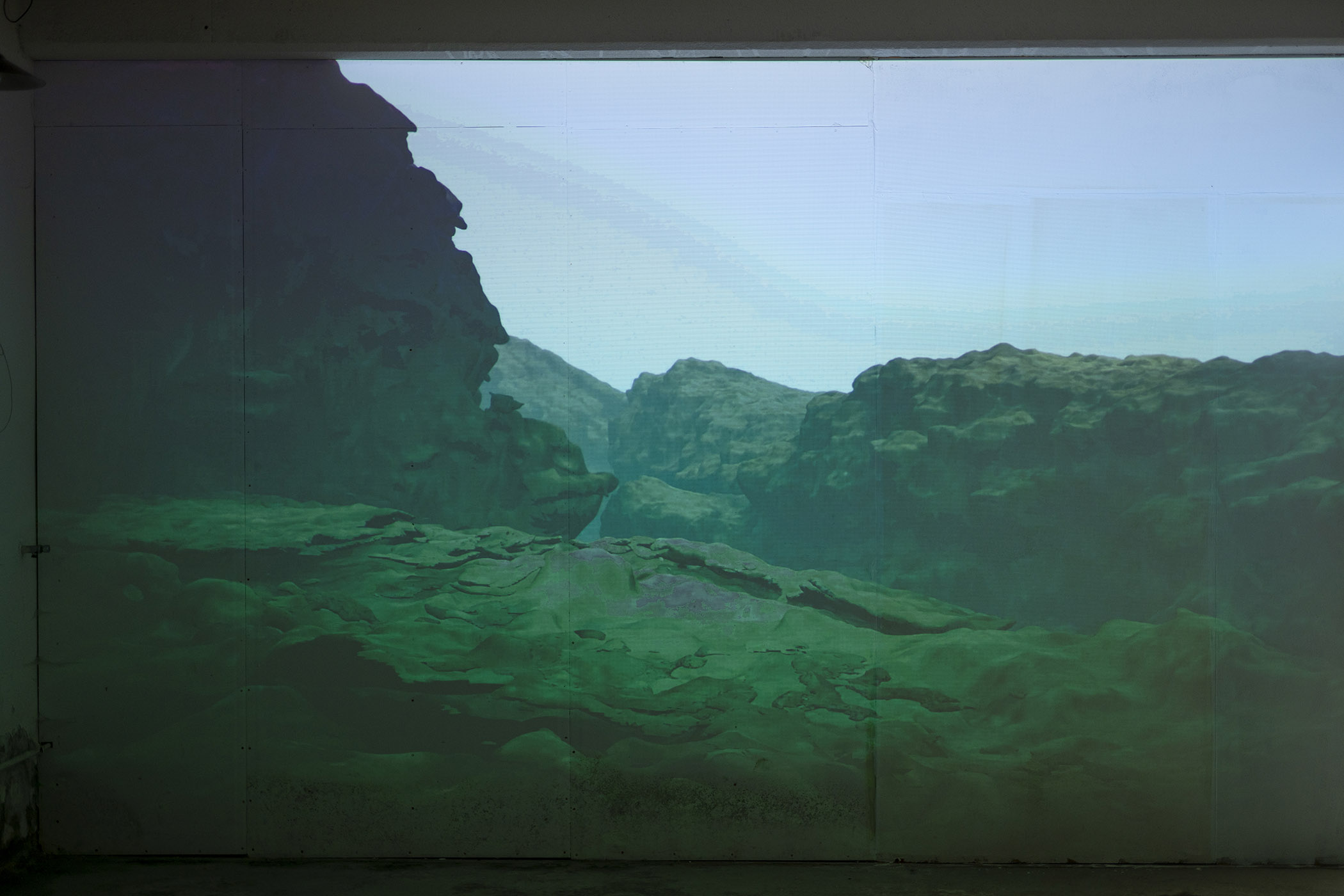
one in a billions chance
audio and installation (originally performed on 23 June 2022)
Holly Childs is a writer and artist based in Naarm/Melbourne. Their work focuses on the shifting mechanisms of storytelling in a contemporary world in which physical matter is constantly being reshaped, recontextualized, and rewritten by emerging technologies and crises.
Gediminas Žygus (they/them) fka J.G. Biberkopf is a Lithuanian artist working in the fields of sound, film, and performance. Their practice focuses on the experience of selfhood in the post-Anthropocene.
Together they have released two albums, Gnarled Roots (2021), exploring 21st-century mythologies revolving around the fall of the twin towers on 9/11; and Hydrangea (2020), exploring intimacy, disconnection, and information silos. They have created performances based on these two albums that have been performed in botanical greenhouses, galleries, a medieval church, a former bathhouse, and a former bear enclosure
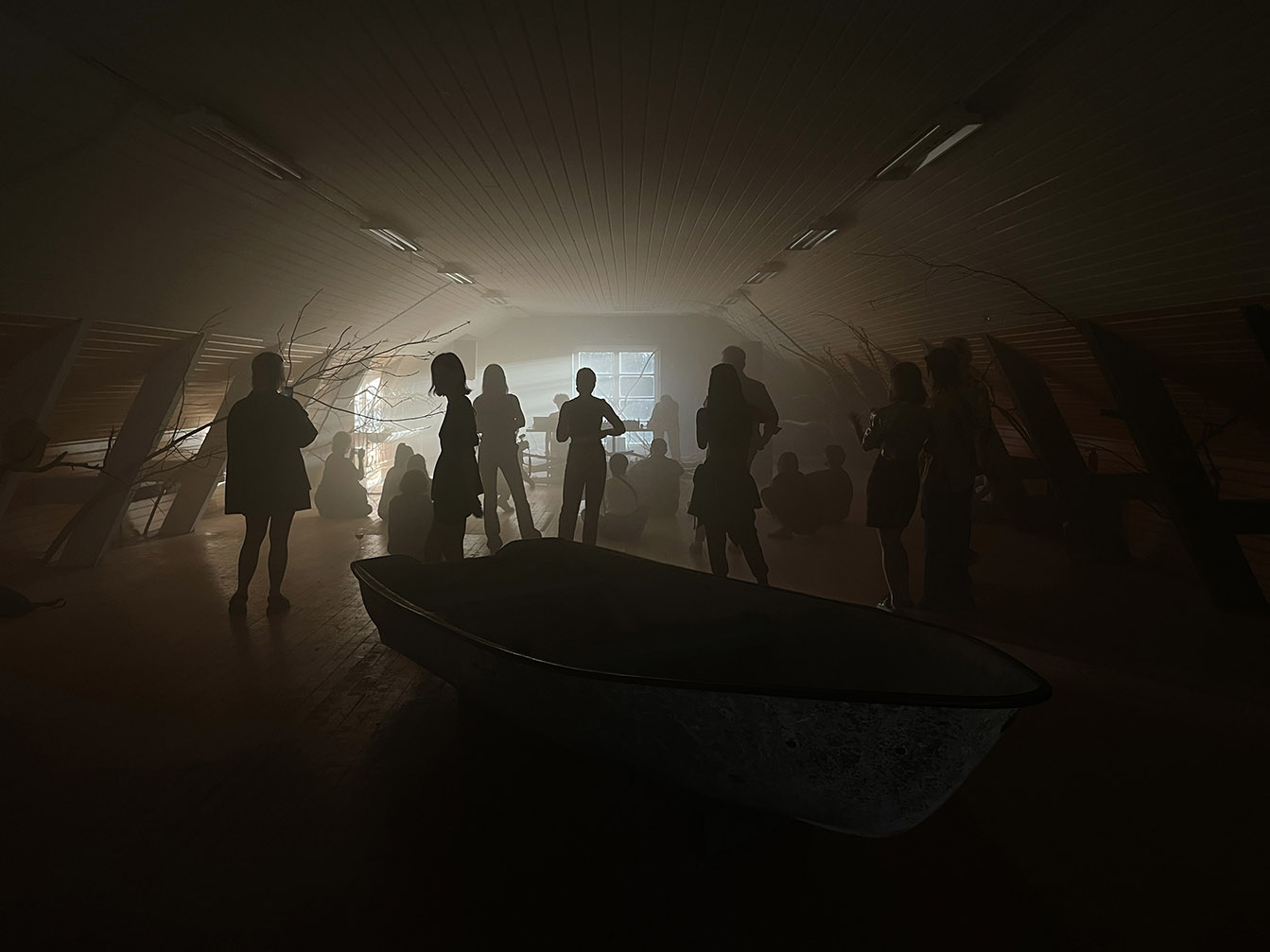
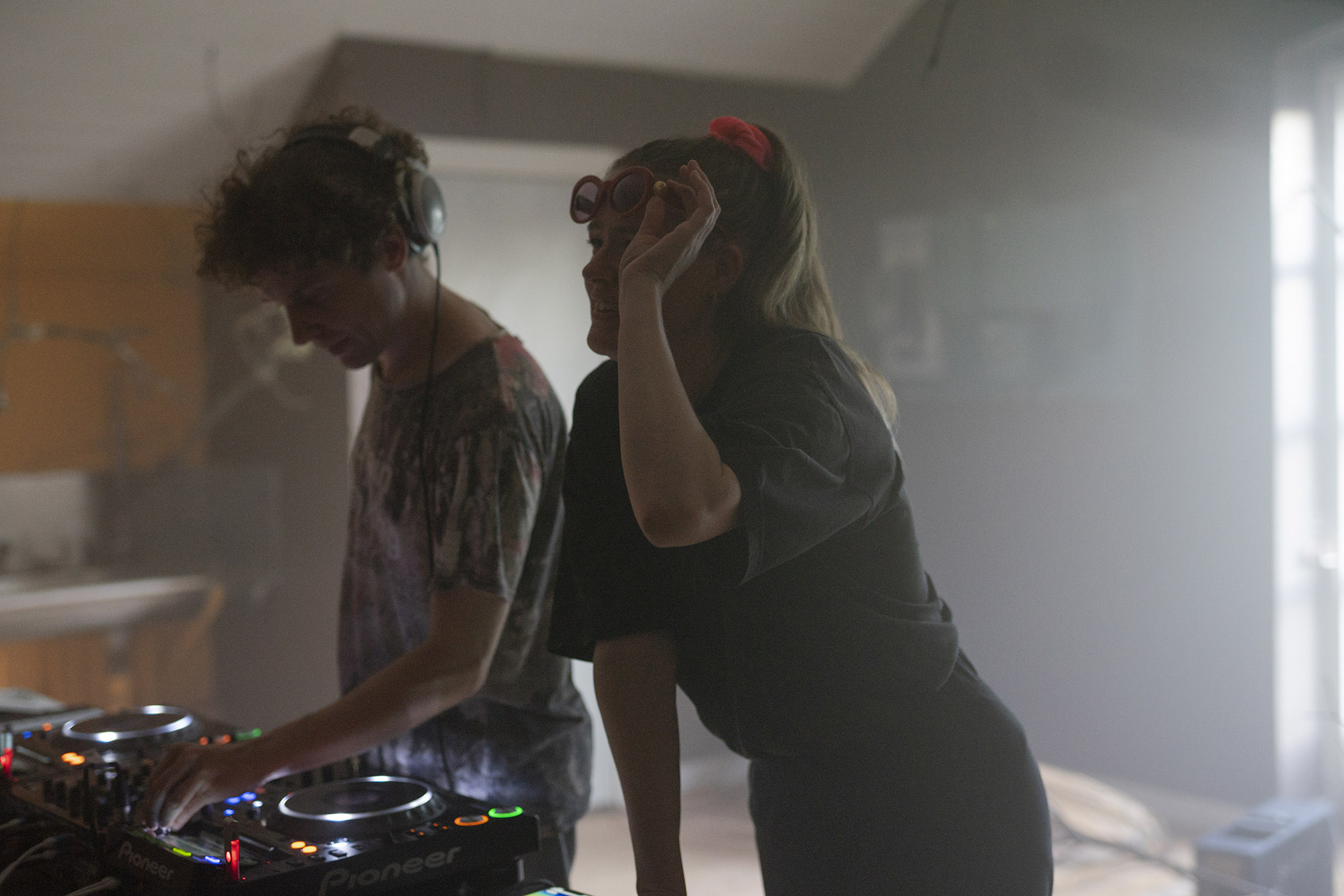
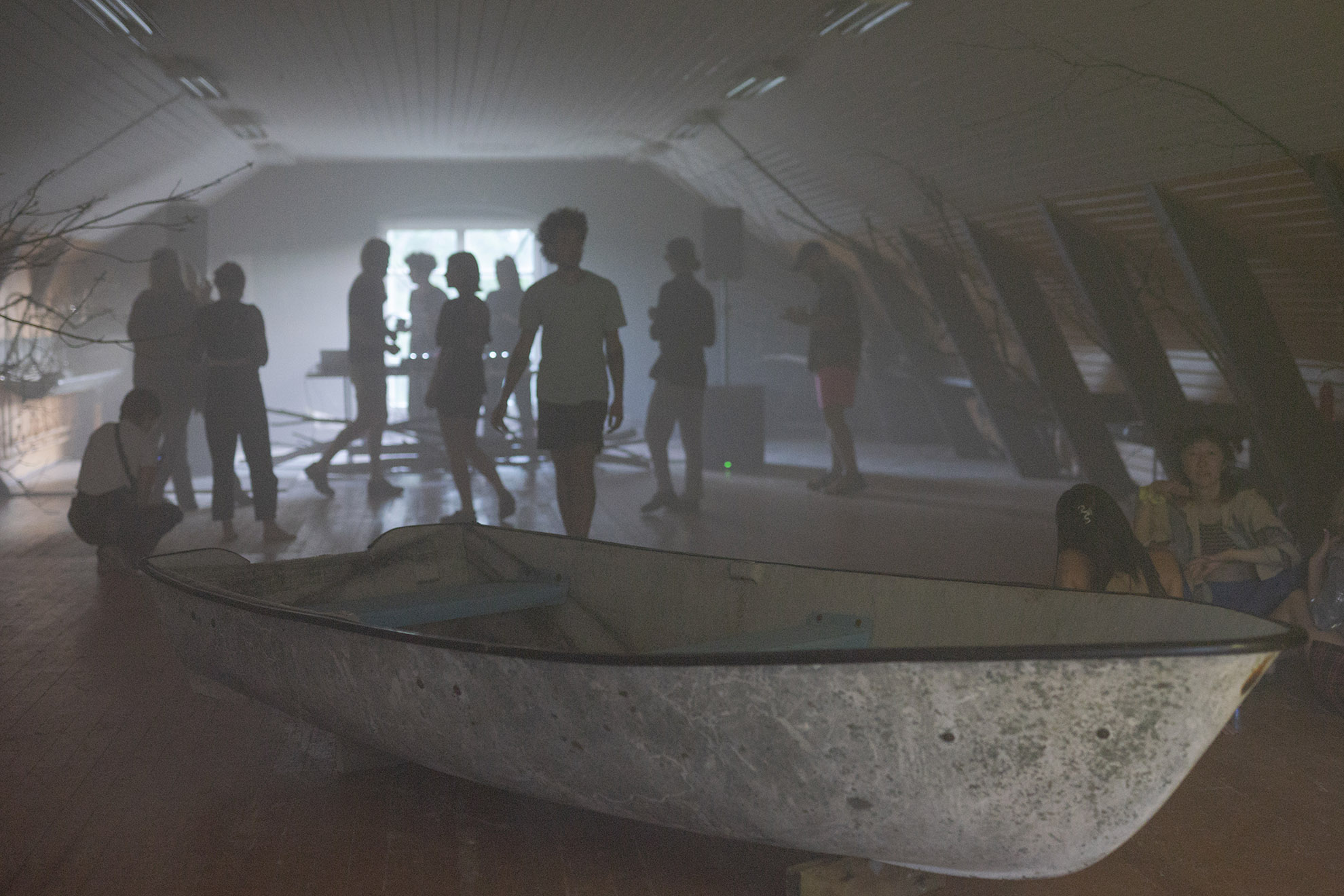
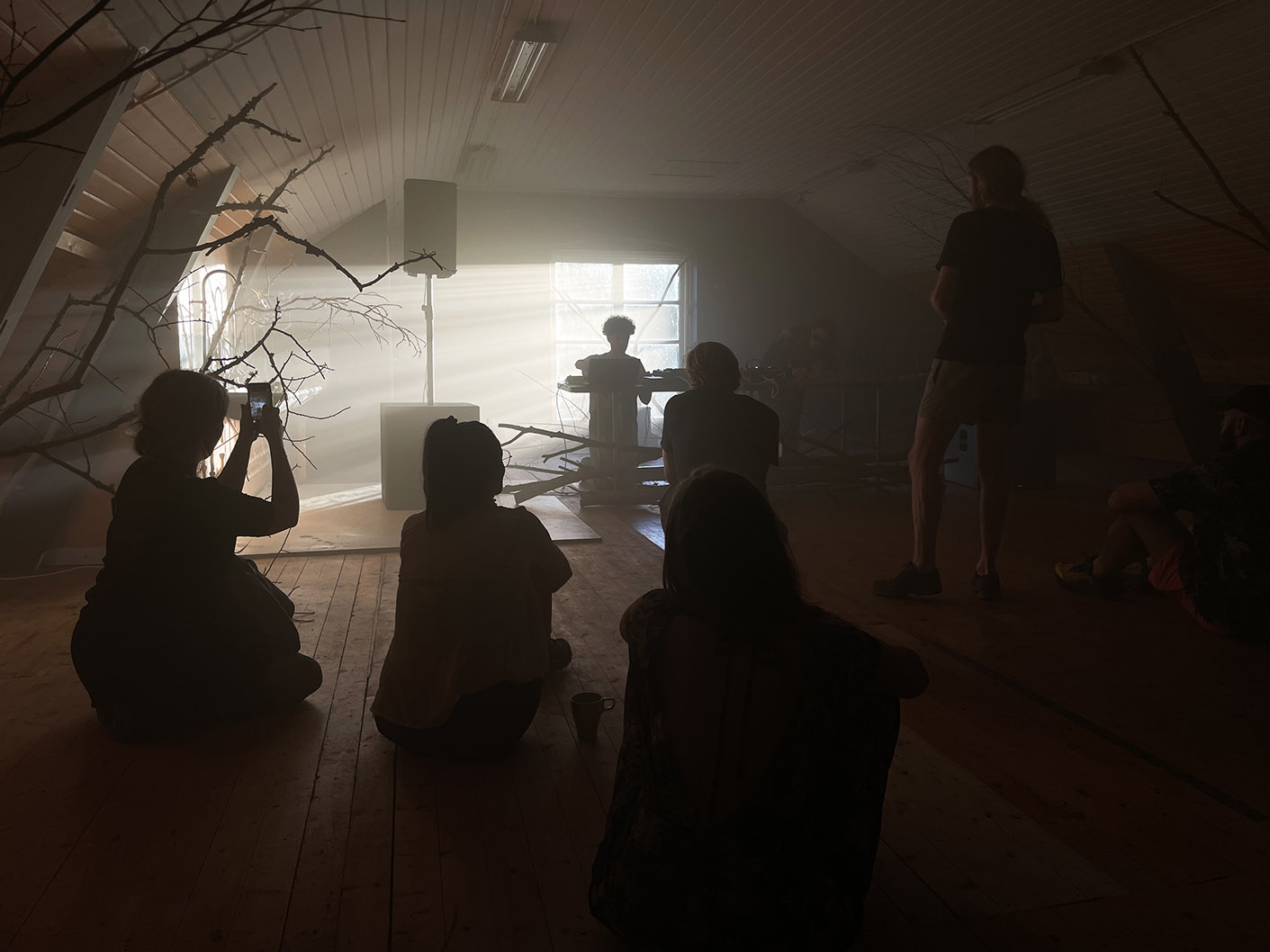
Solbritt and Smari
found objects, inkjet print on polyester silk
«In a space constructed in alternation between finite places and unlimited landscapes (Flatlines), we meet people who interact, like us, with a BLOB, a thing, an A.I., that accompanies our body-mind movements.»
Julie Favreau's short films, sculptures, and performances look at how spiritual and sexual power have a role to play as vital forces in the imminent encounter with the reality of "The Augmented Human". They are invitations for a return to an embodied form of ethical knowledge.
She has developed a practice at the crossroad between choreography and sculpture, mainly via image-making. This led to her actual research: knowledge of body contact with the inanimate nurture her studies of artificial intelligence in the field of bio-ethics.
At Hybrida, her project will focus on giving shape/capturing the possible forms of bio-ETHICAL A.I. entities.
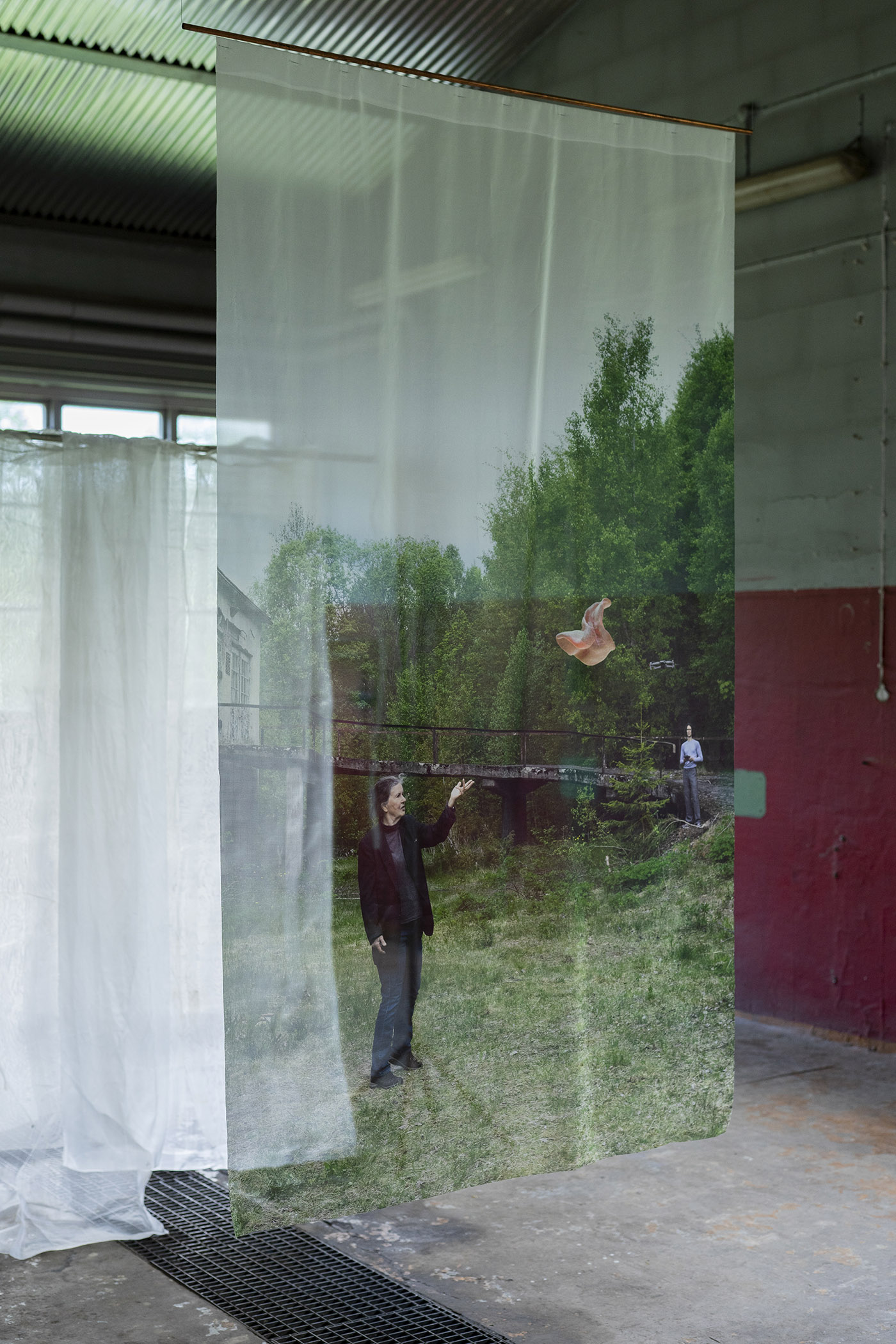
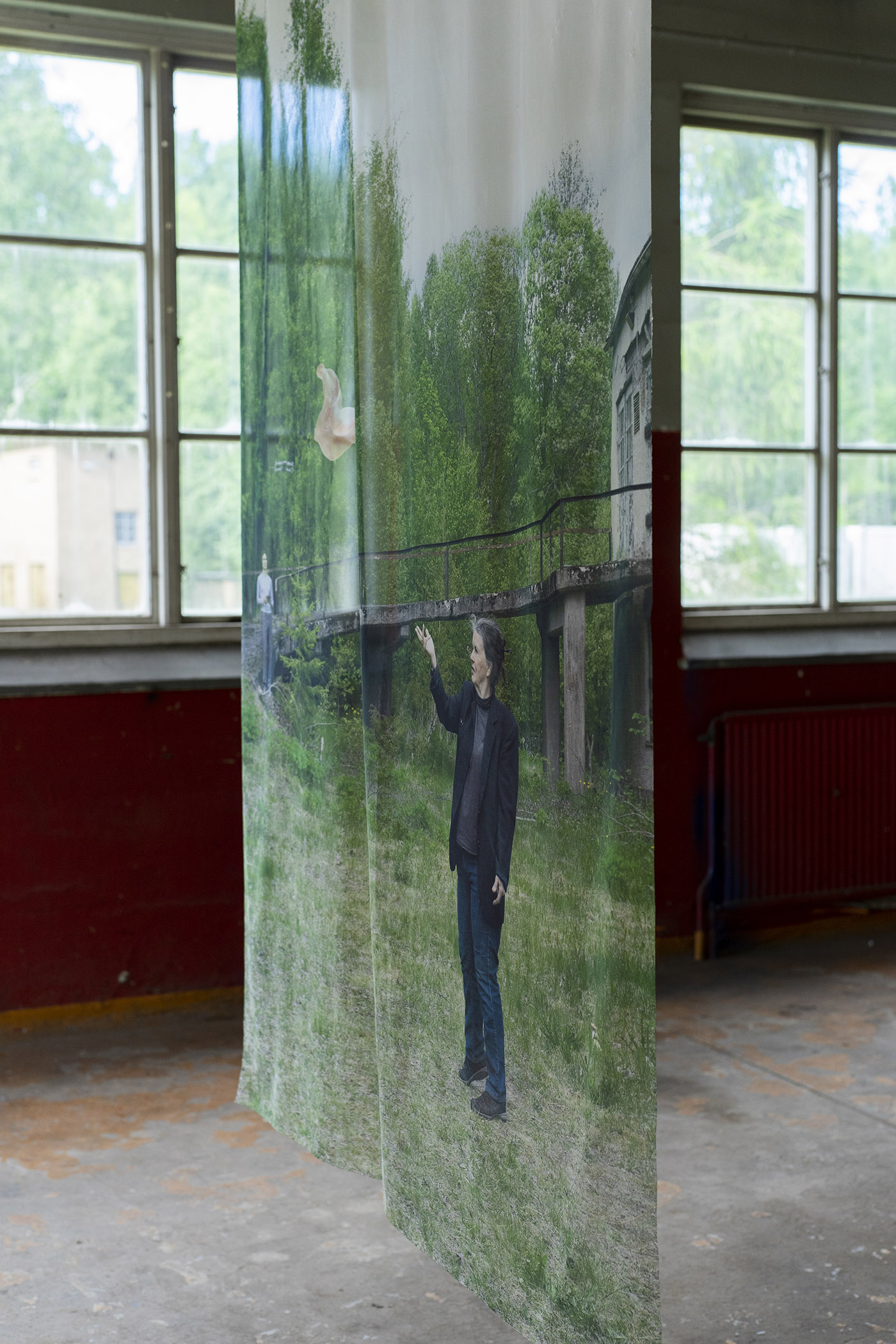
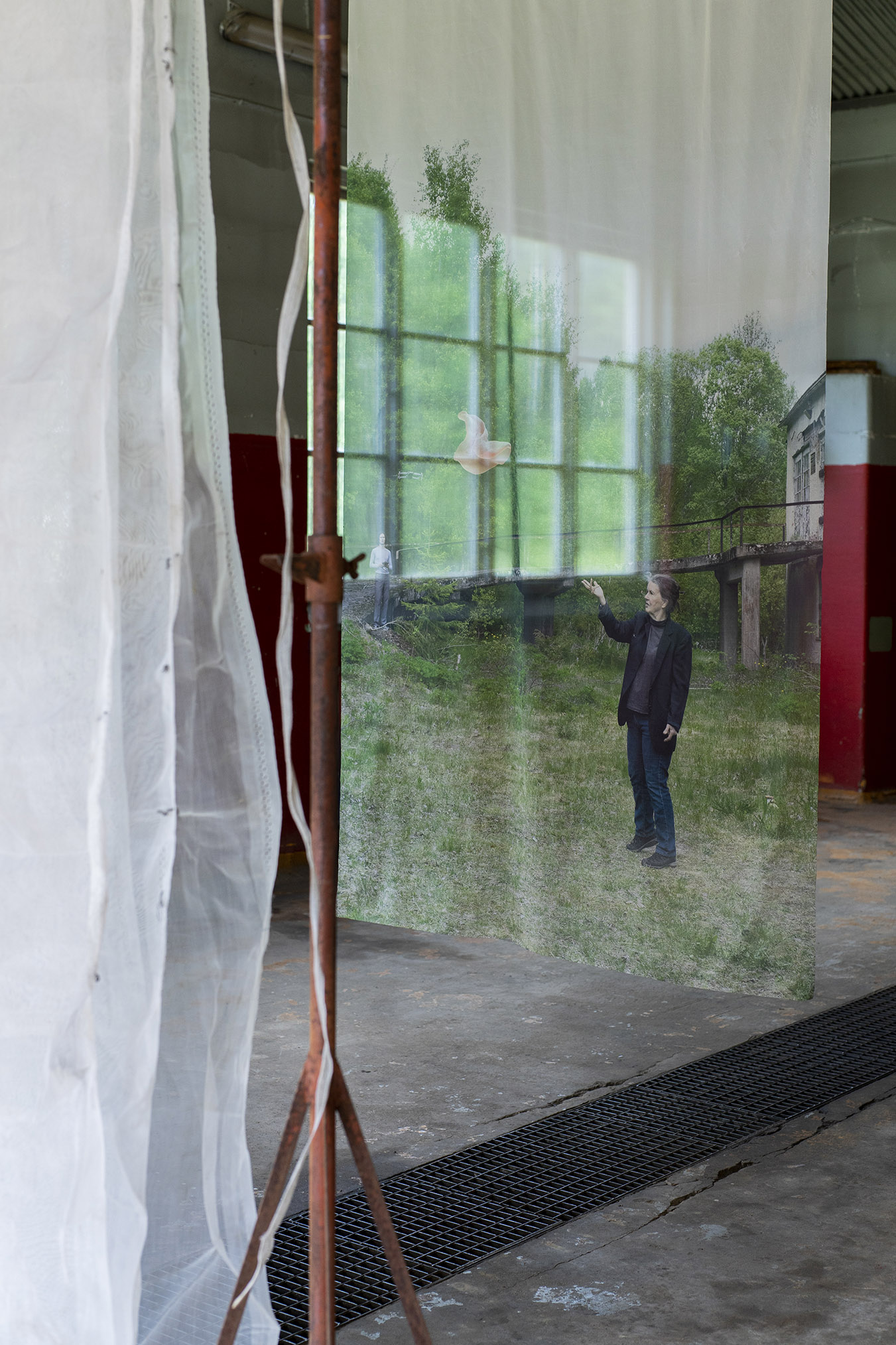
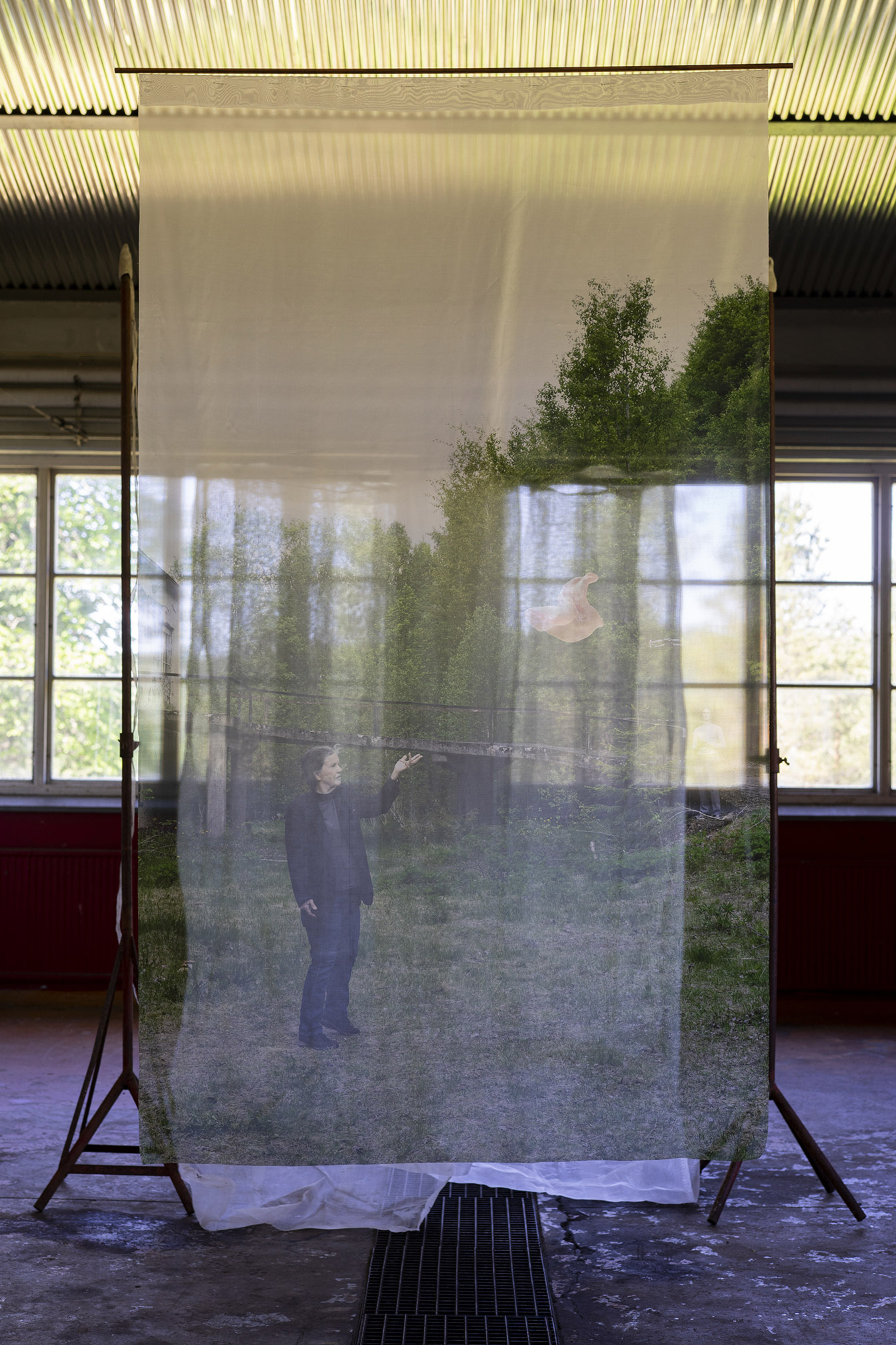
NRK NR2
print, frame
Milady Auras
crayon wall painting
@karlstadcellectuals
print, frame
Norwegian Roadmovie 2
video with Agassi F Bangura
Ilja Karilampi is an artist based between Stockholm and Berlin. By addressing society’s over-consumption of all things material through his euphoric but humorous visual language, Karilampi creates a vibrant output in the form of music aesthetics, sculptural gestures, and cinematic micronarratives. Selected exhibitions at Kiasma, MoMA PS1, Temnikova & Kasela, Kunst-Werke, and ZKM.
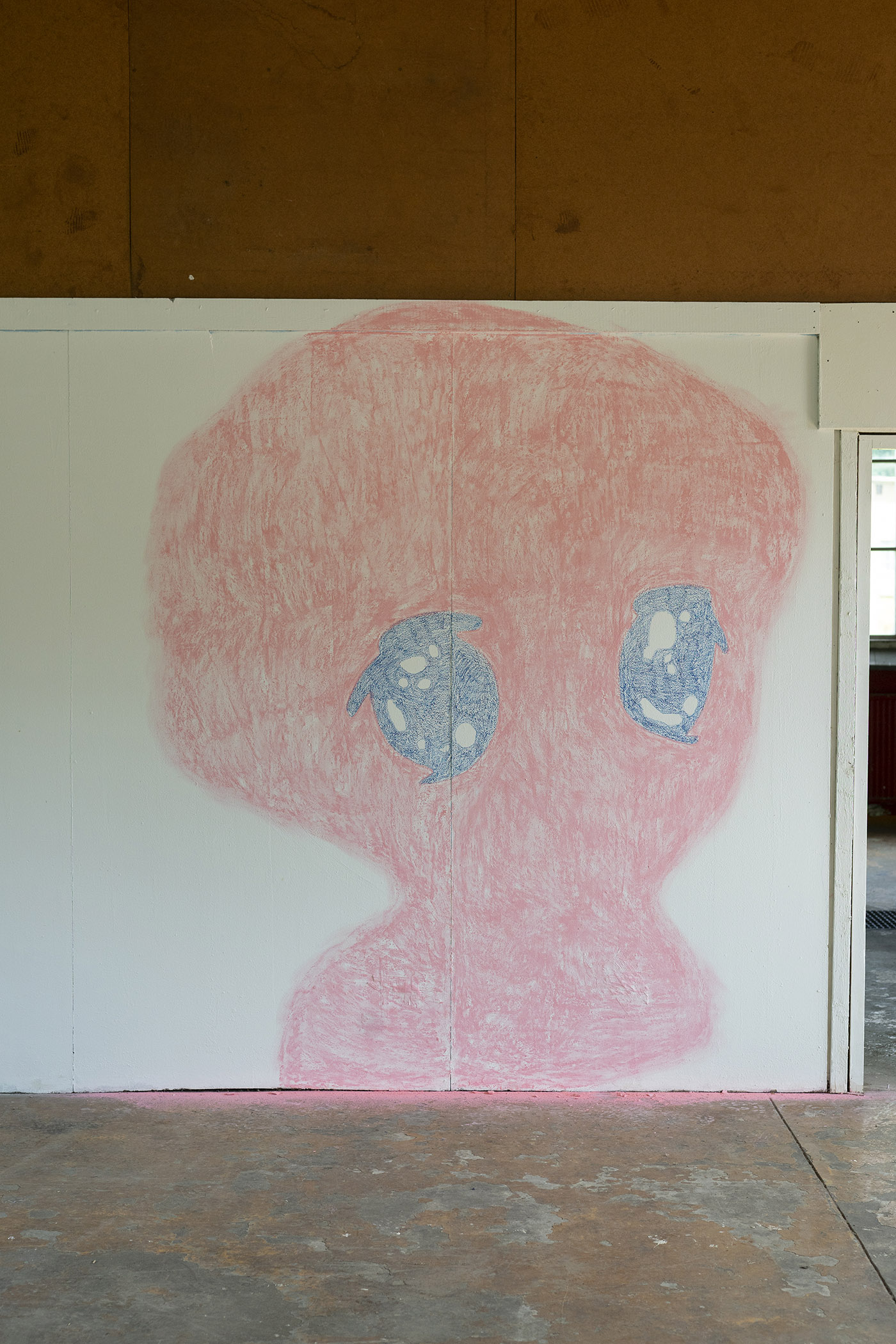
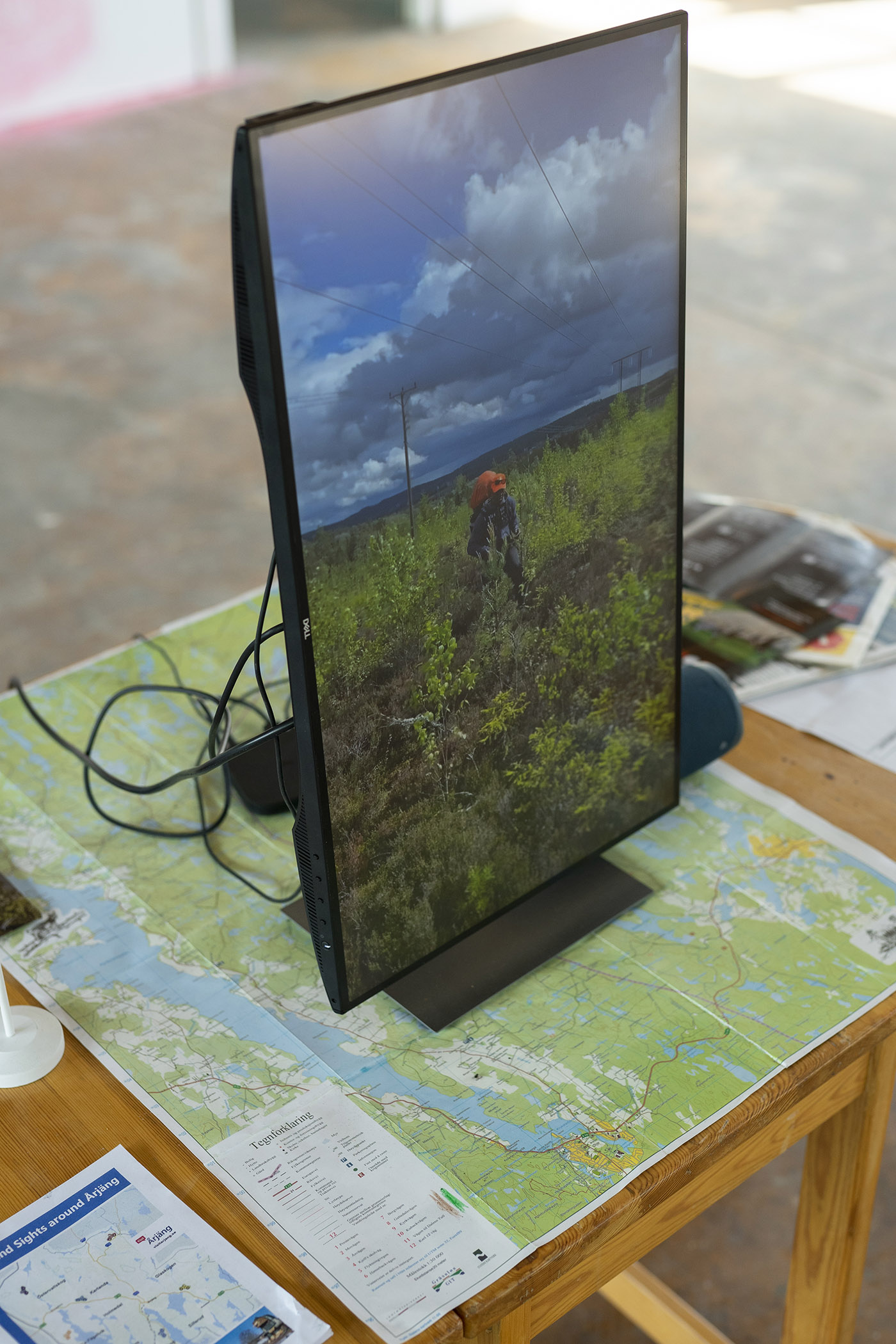
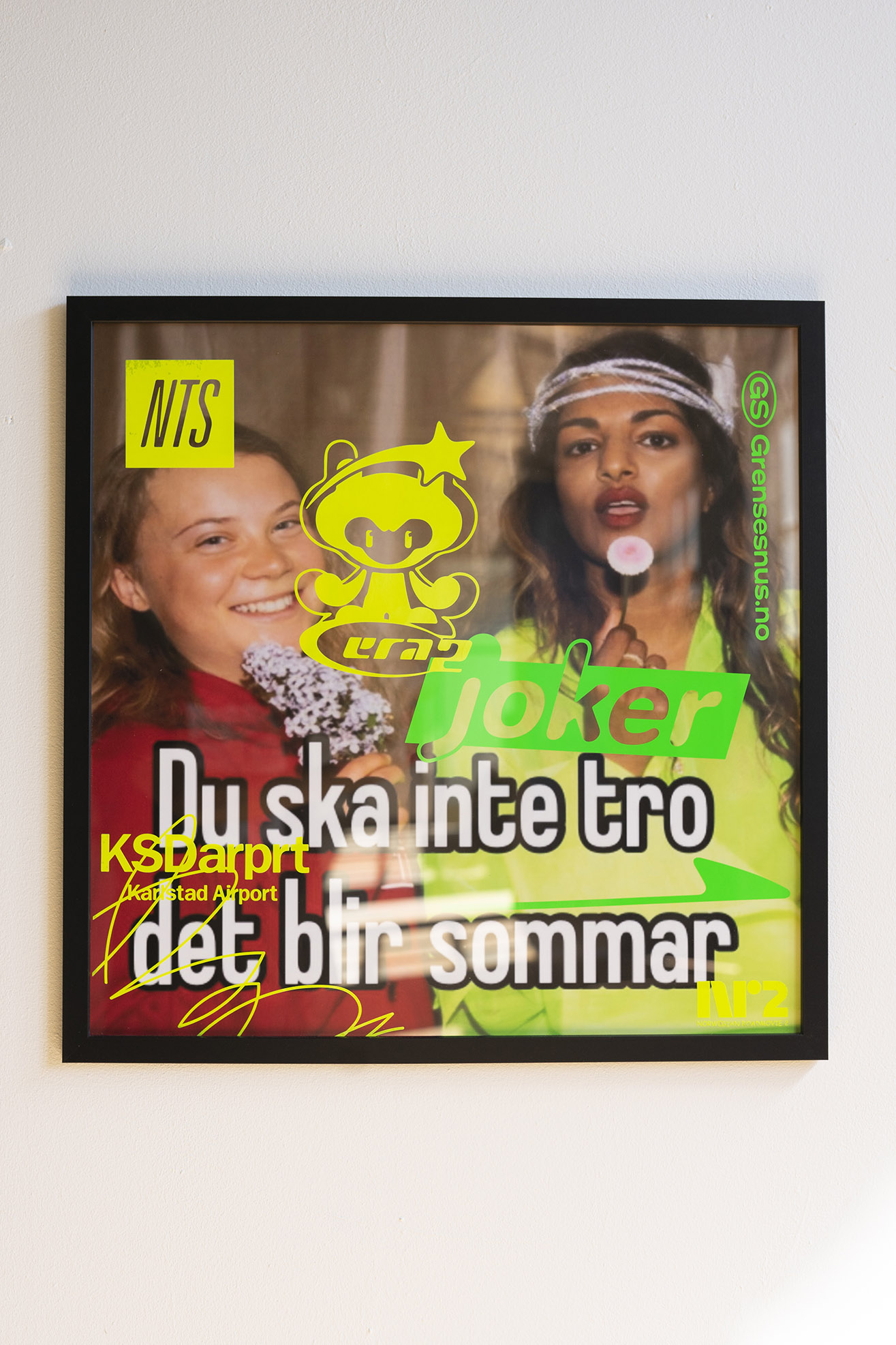
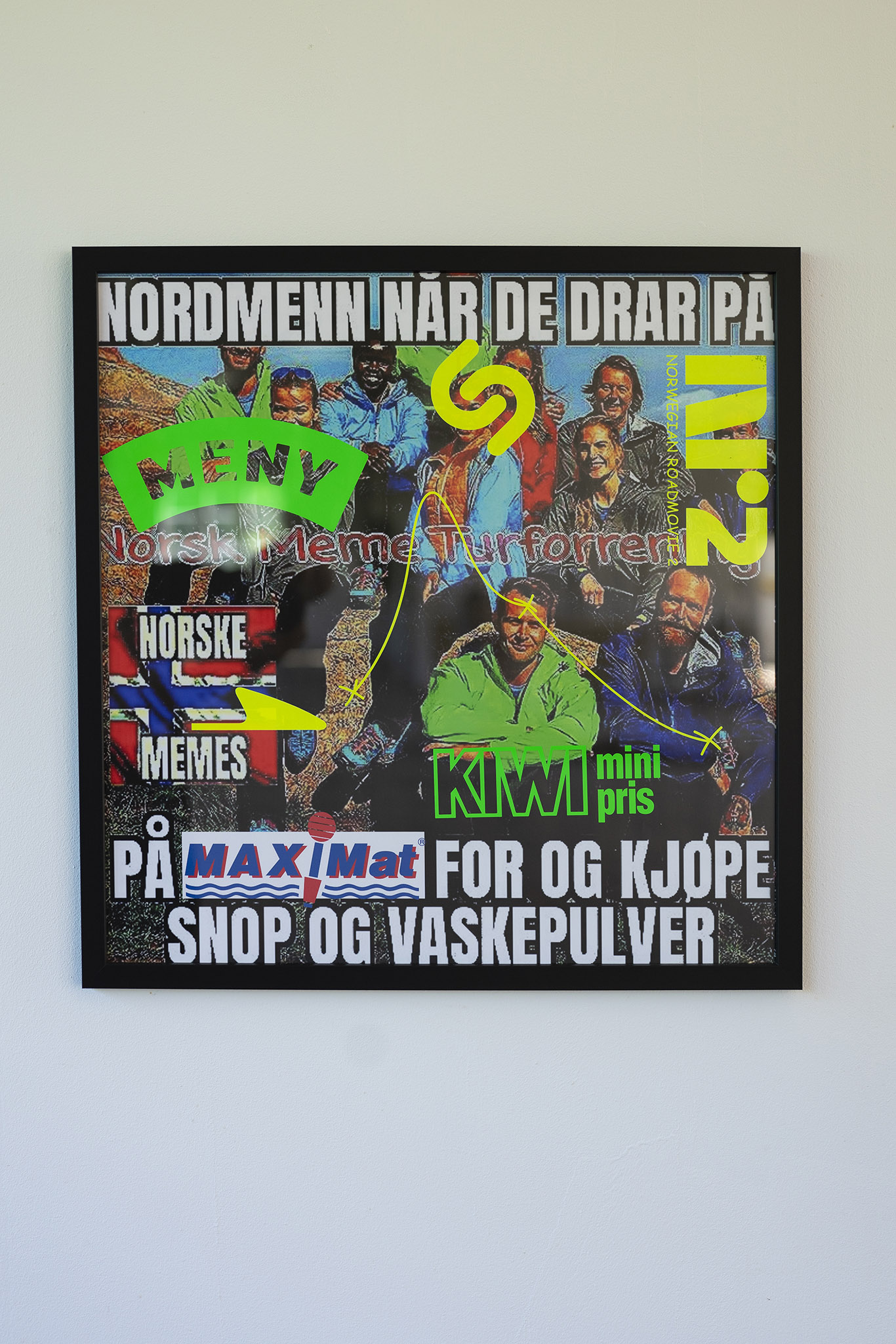
untitled
brick oven
Kamilė Krasauskaitė is a multidisciplinary artist and curator based in Vilnius, Brussels, and Paris. Her practice questions commensality, experimental food design, patterns of time, and the collaboration between humans and microorganisms - how do these factors shape the food we eat? By separating different lactobacillus bacteria and wild yeast from objects, she's making bread sculptures and prints. Do objects have memory and whether memory is always linked to the brain?
During the residency at Älvsbacka Kamilė is going to build a bread oven ideally out of bricks we’ll gather from the local homesteads and yards. The aim is to give a chance for forgotten stories to be activated accorded by new cycles of fire. An attempt will be made to bring minor architecture into virtual space as well and to place there other artworks or experiences.
How many scales can we experience truly?
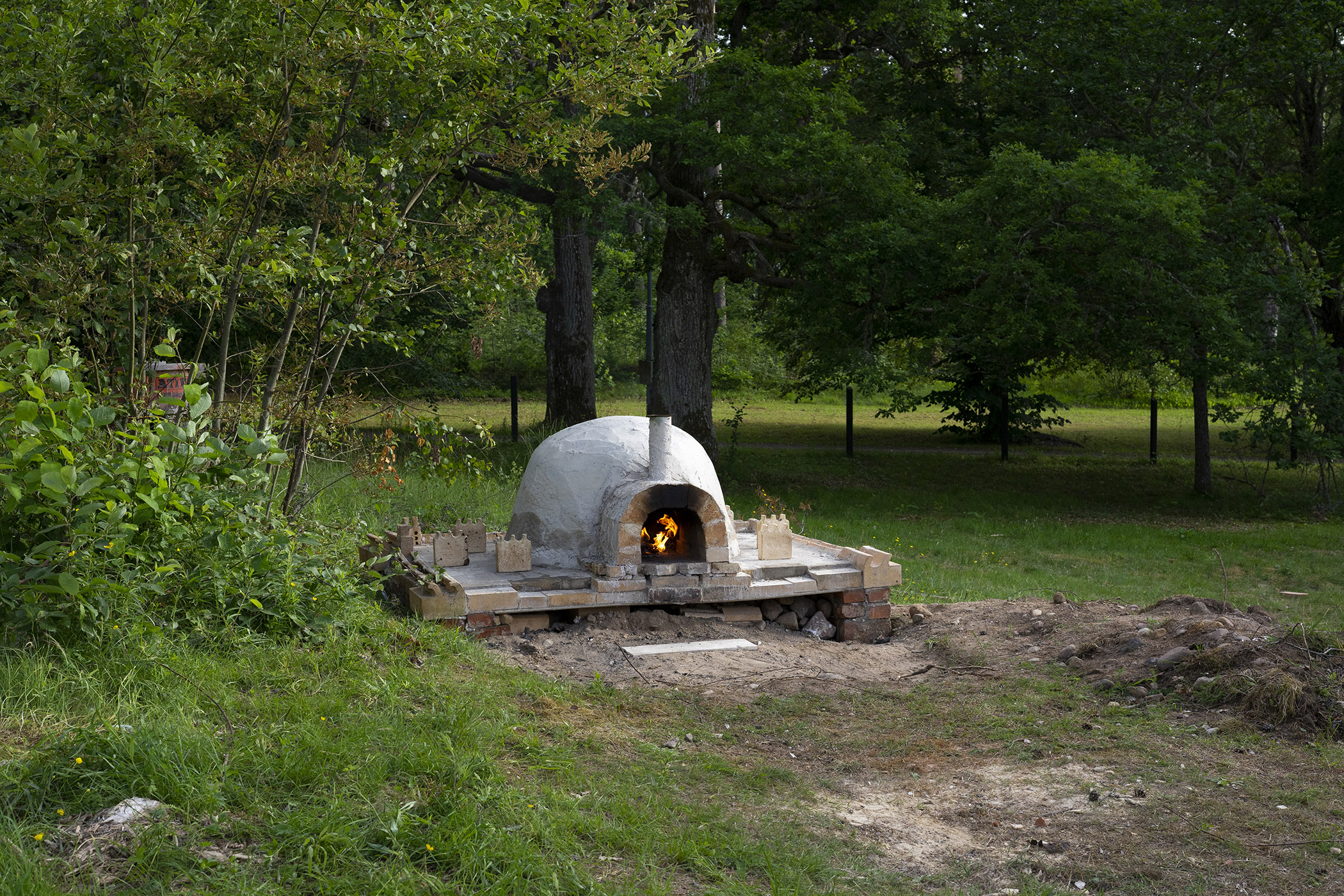
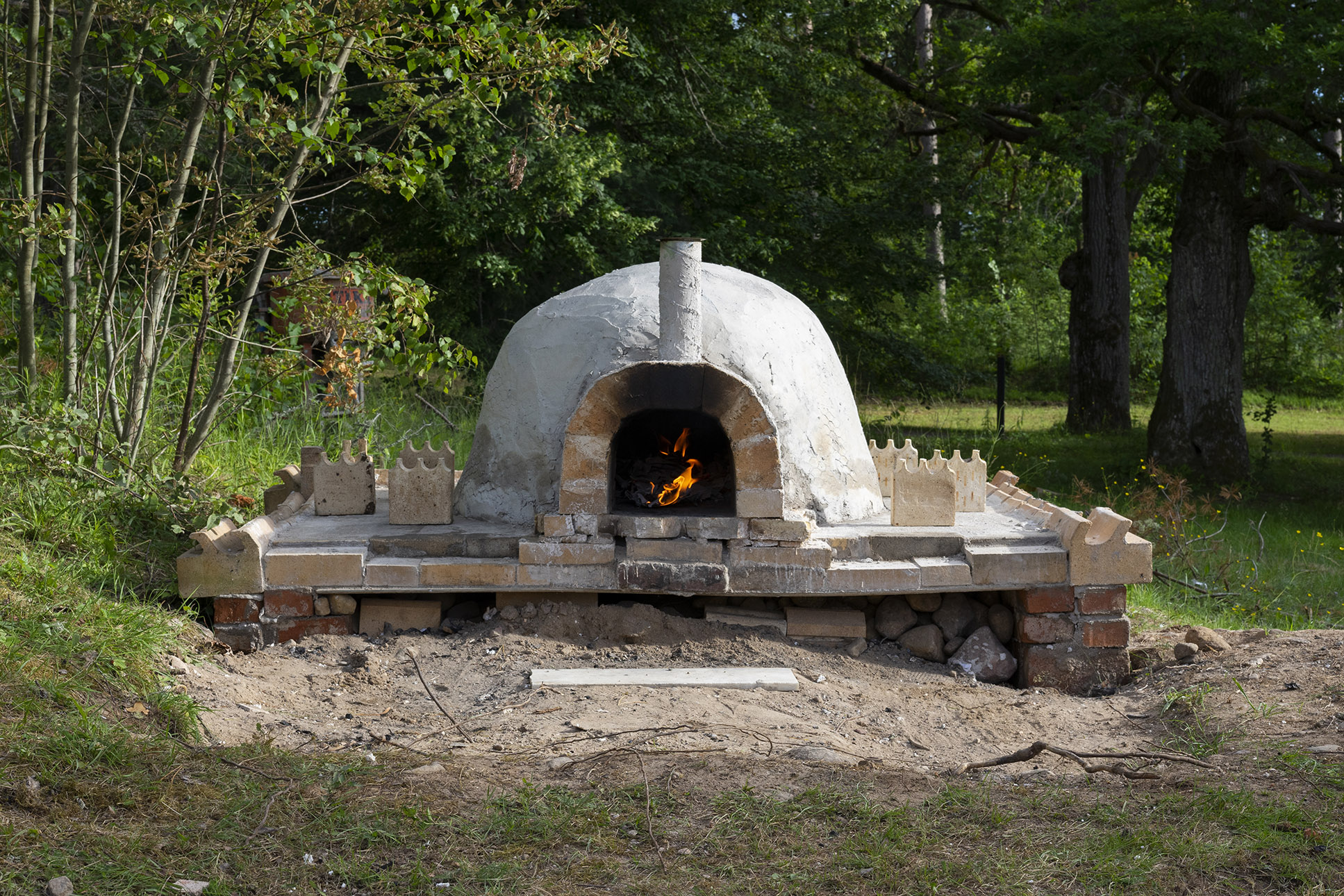
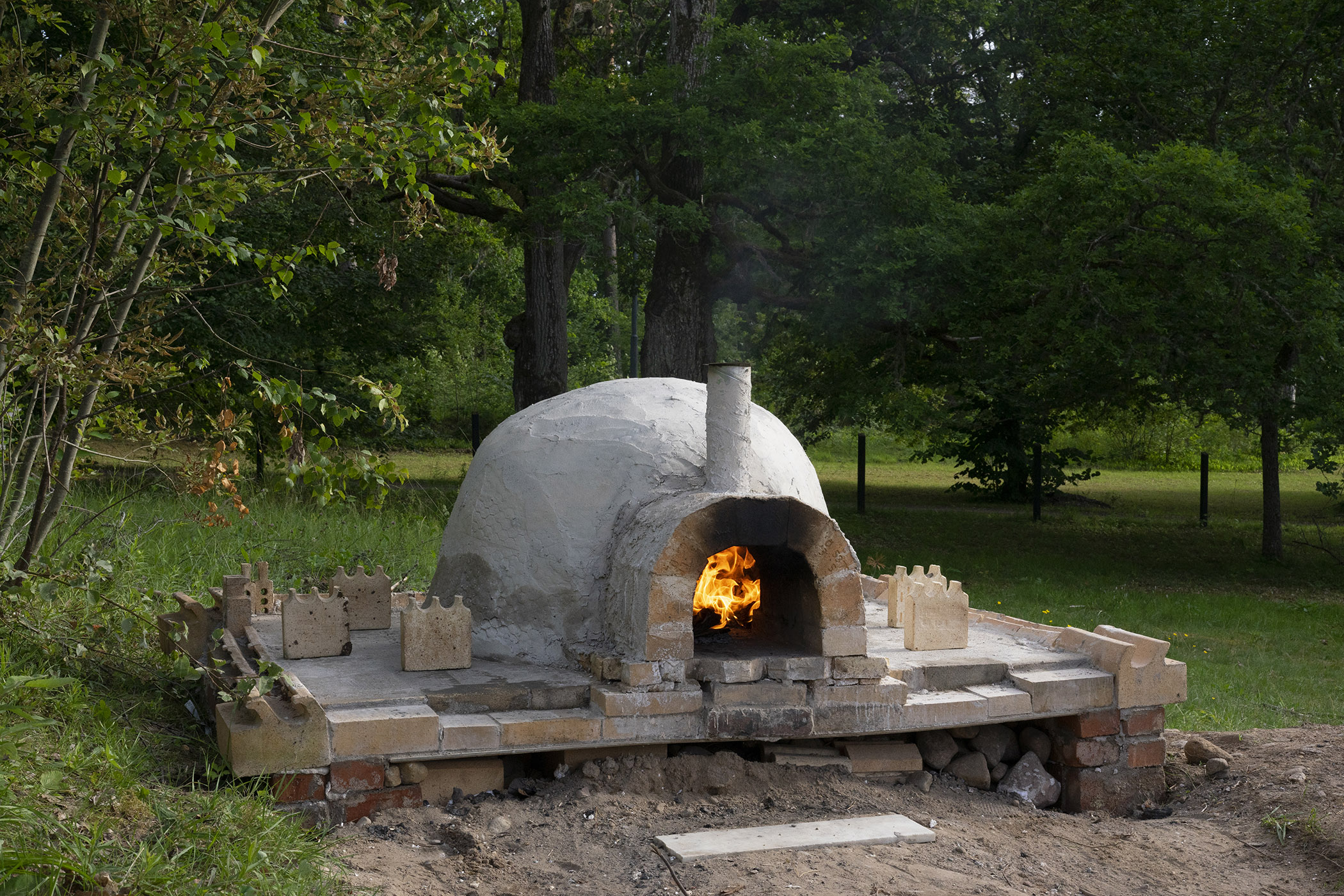
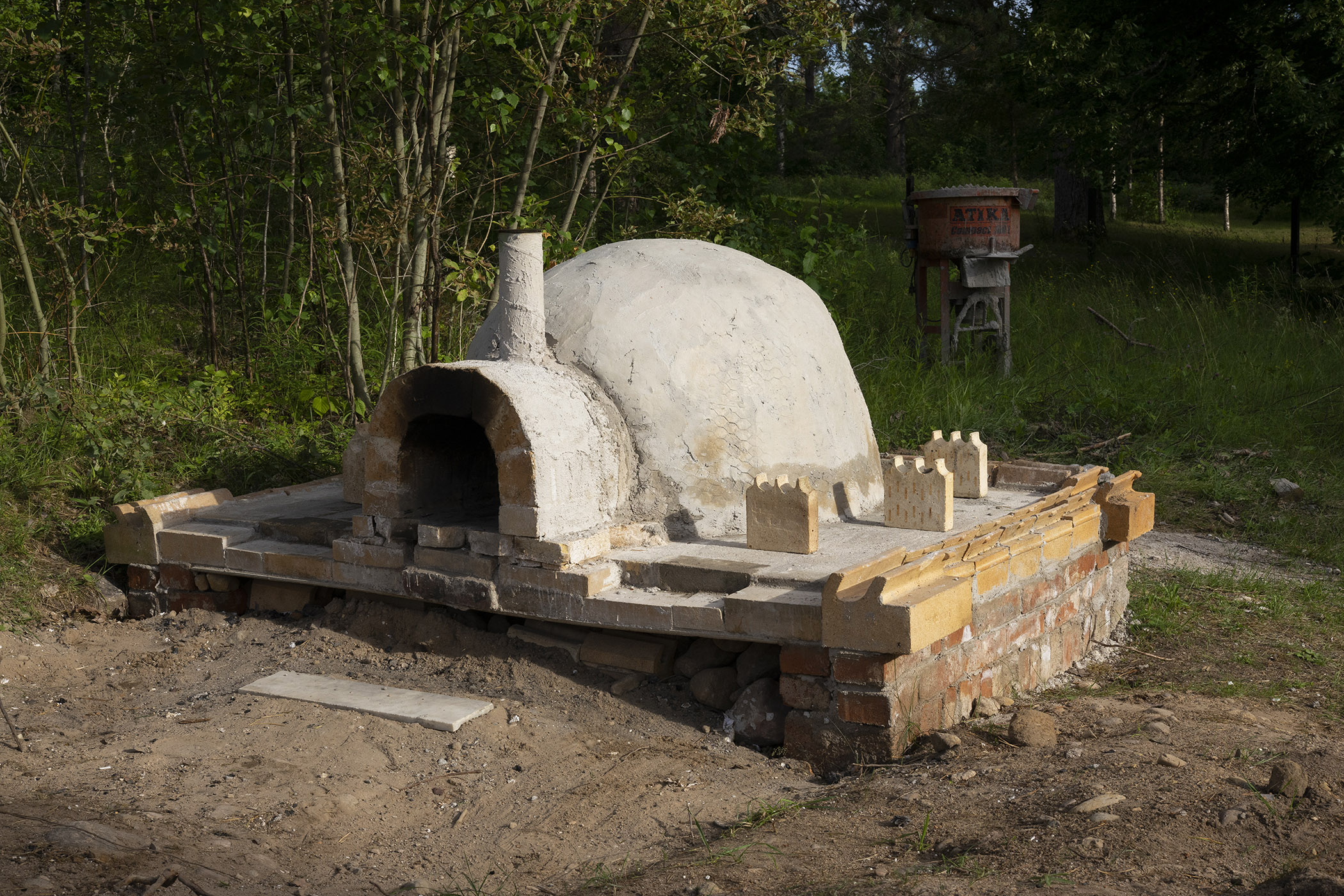
The truth on the tip of my tongue (the aftertaste of something I once knew)
Clock face and reading
A Landlords Husk
Diptych, gouache on canvas 2x 64x46
Wearing and being worn
Pants, mold, 24k gold plated silver button
West of the moon (in collaboration with Persijn Broersen
& Margit Lukács)
video
Smári Rúnar Róbertsson (b. 1992) is an Icelandic artist living and working in Amsterdam. His practice consists of installation, publishing, painting, performance, and music, arranged as reconfigured or unraveling intertextual examinations of artistic labor, oral traditions, myth, and language. In his work, he looks for (re)semblance between the physical and the imaginary to examine the fractal quality of systems that govern our environment, identity, stories, and thoughts. Smári holds a BFA from Gerrit Rietveld Academie (2015) and an MA from the Sandberg Instituut (2017) in Amsterdam.
During the residency, he researched the history of the site, foraged the surrounding landscape by constructing makeshift traps to capture abstract resources, painted songs, sang paintings, and devised schemes to live inside his landlord's husk rent-free.
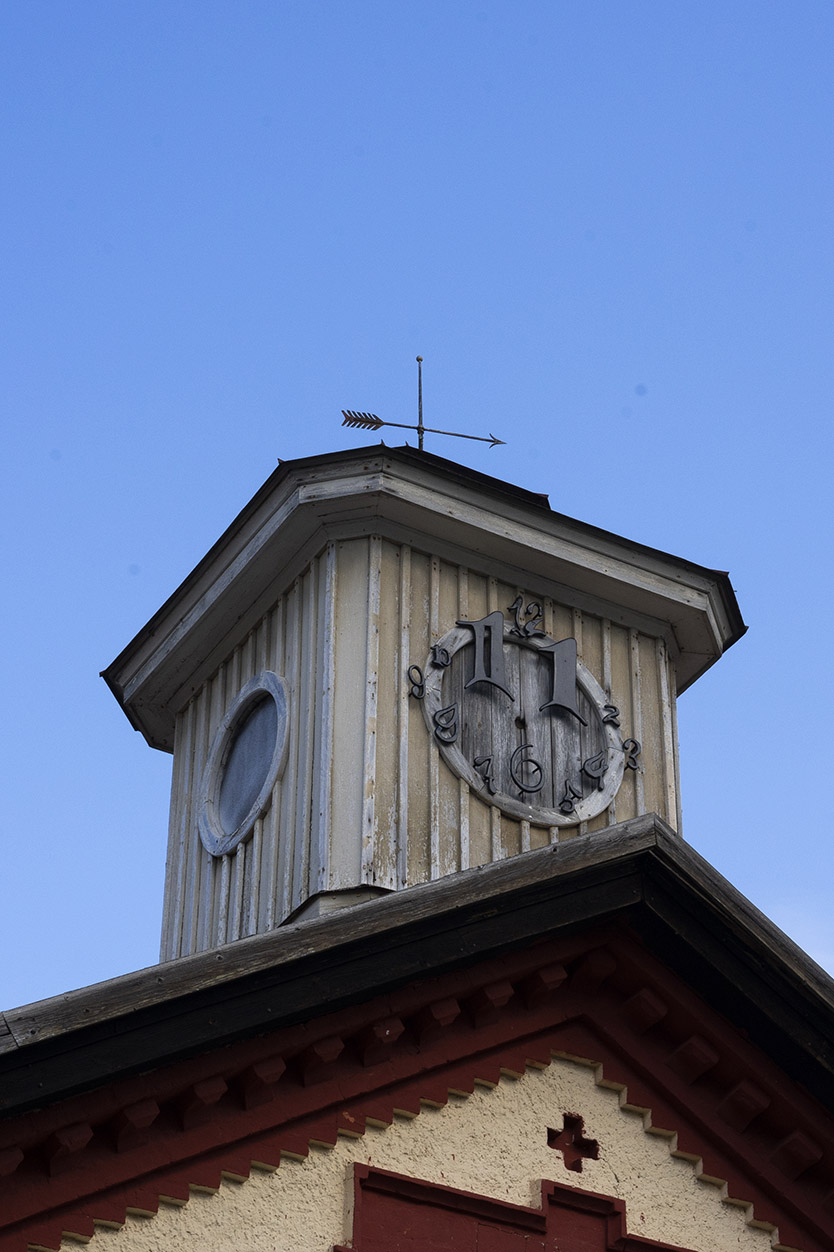
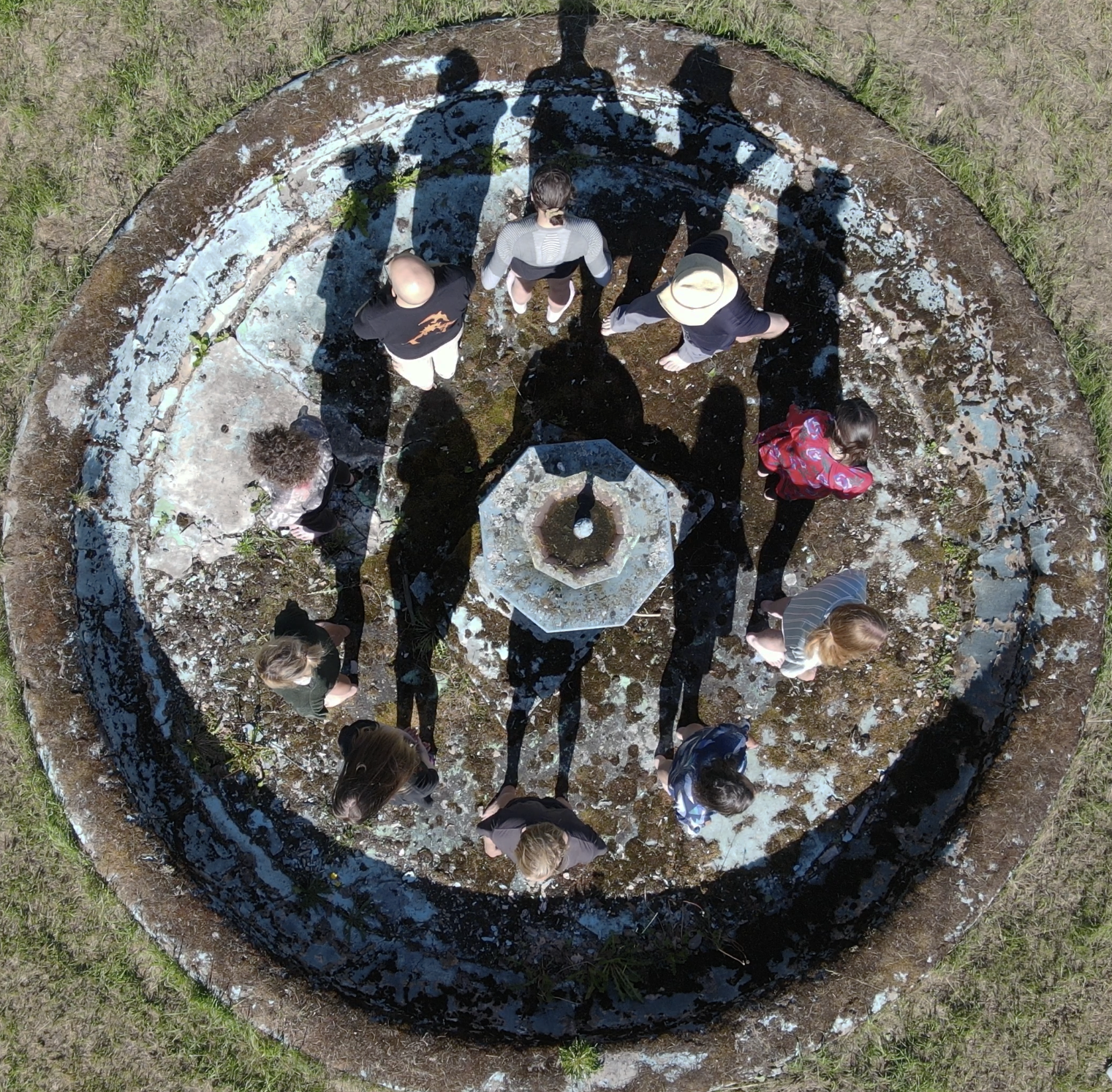
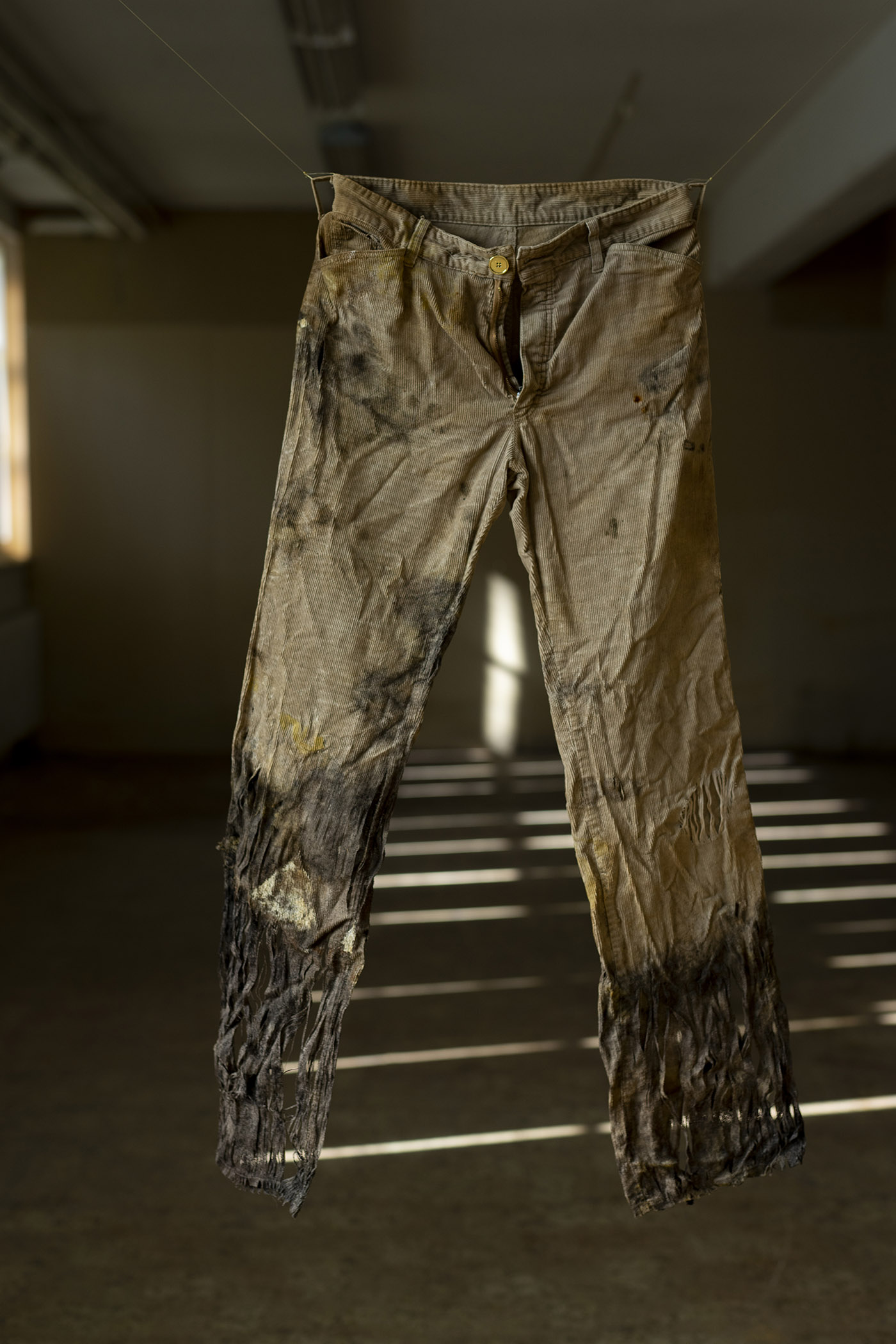

uprooted
3 phase AC motor, branches, flowers
Uprooted is a processual work that was held during – and drew inspiration from – the midsummer celebration in Sweden. In the work, a wreath of plants and flowers is mounted on an electric motor. Periodically the motor is activated, bringing the wreath in a rapid spin, the force of rotation causing a blur of flowers that can disintegrate and fail catastrophically at any moment. The remnants of petals and leaves accumulate on the floor with each run, and when the wreath is destroyed, a new one is placed. The animation and disintegration of each wreath by the motor bring into contact the history of the dilapidated industrial site with the encroaching nature as a ritual of accelerated entropy.
Jeroen Kortekaas, (1991, NL) is an interdisciplinary artist working with a practice that shifts between psychogeography, research, drawing, sculpture, and assemblage. His work utilizes motifs of the network — such as infrastructure, signals, and animation — as metaphors for a distributed agency.
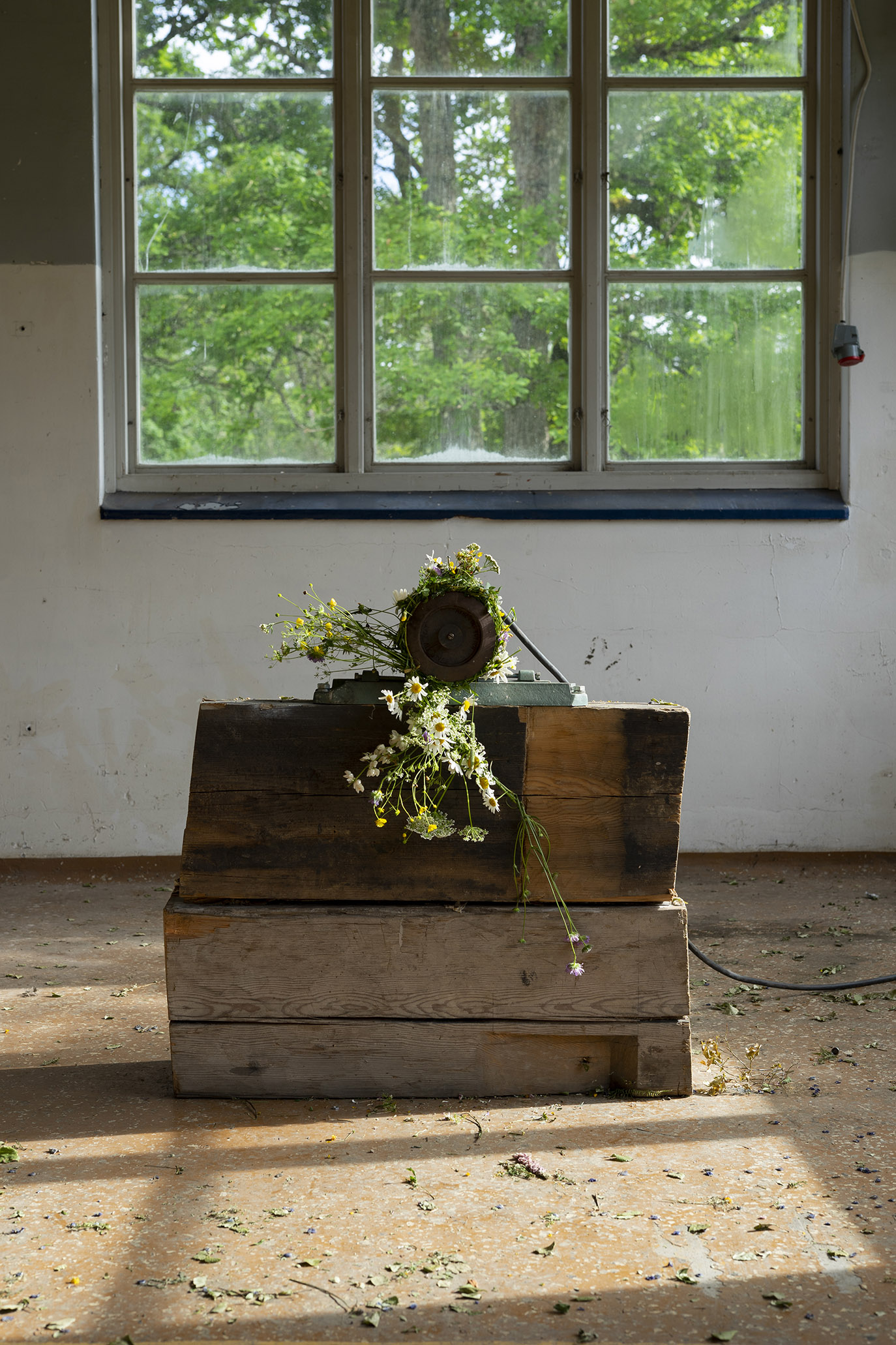
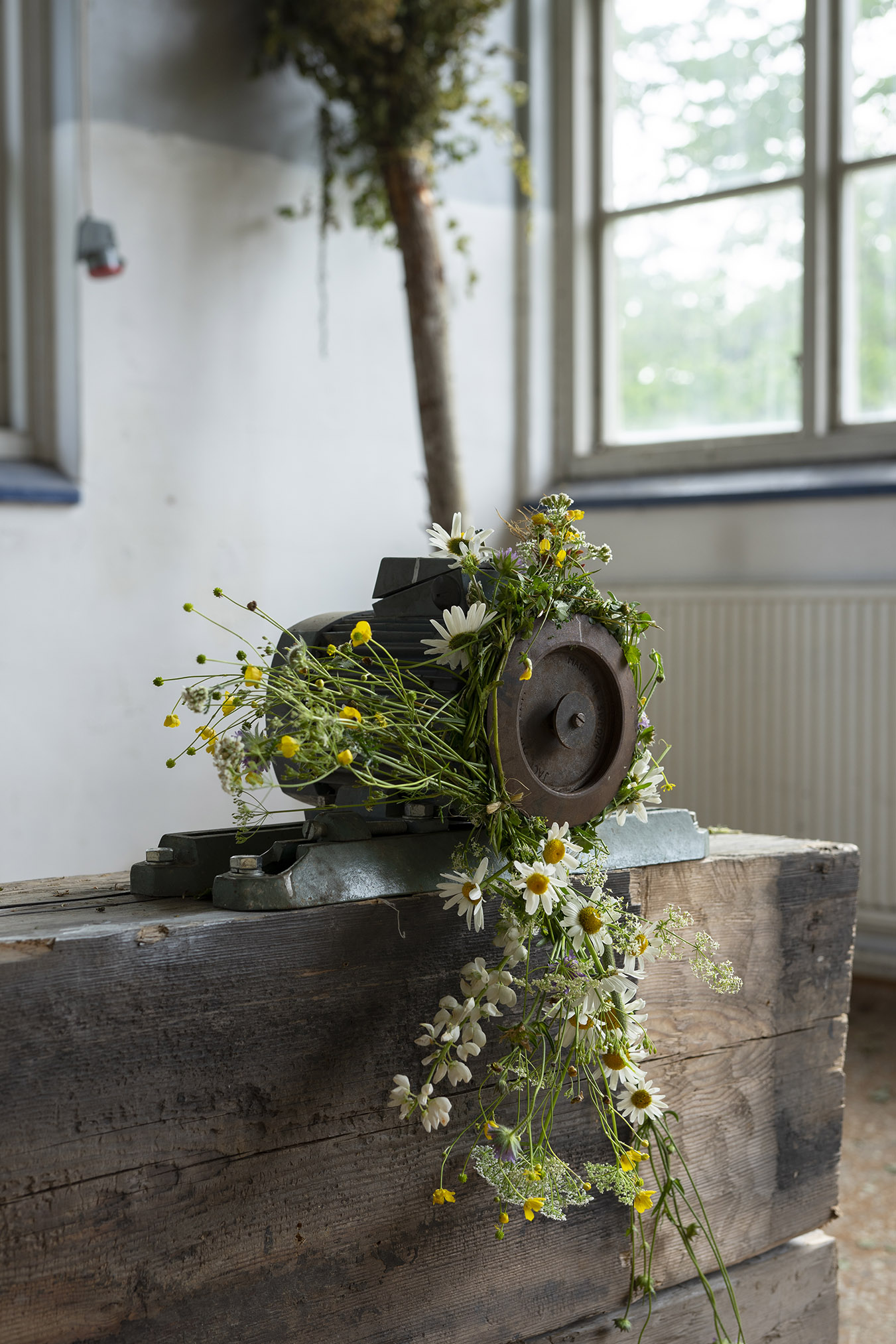
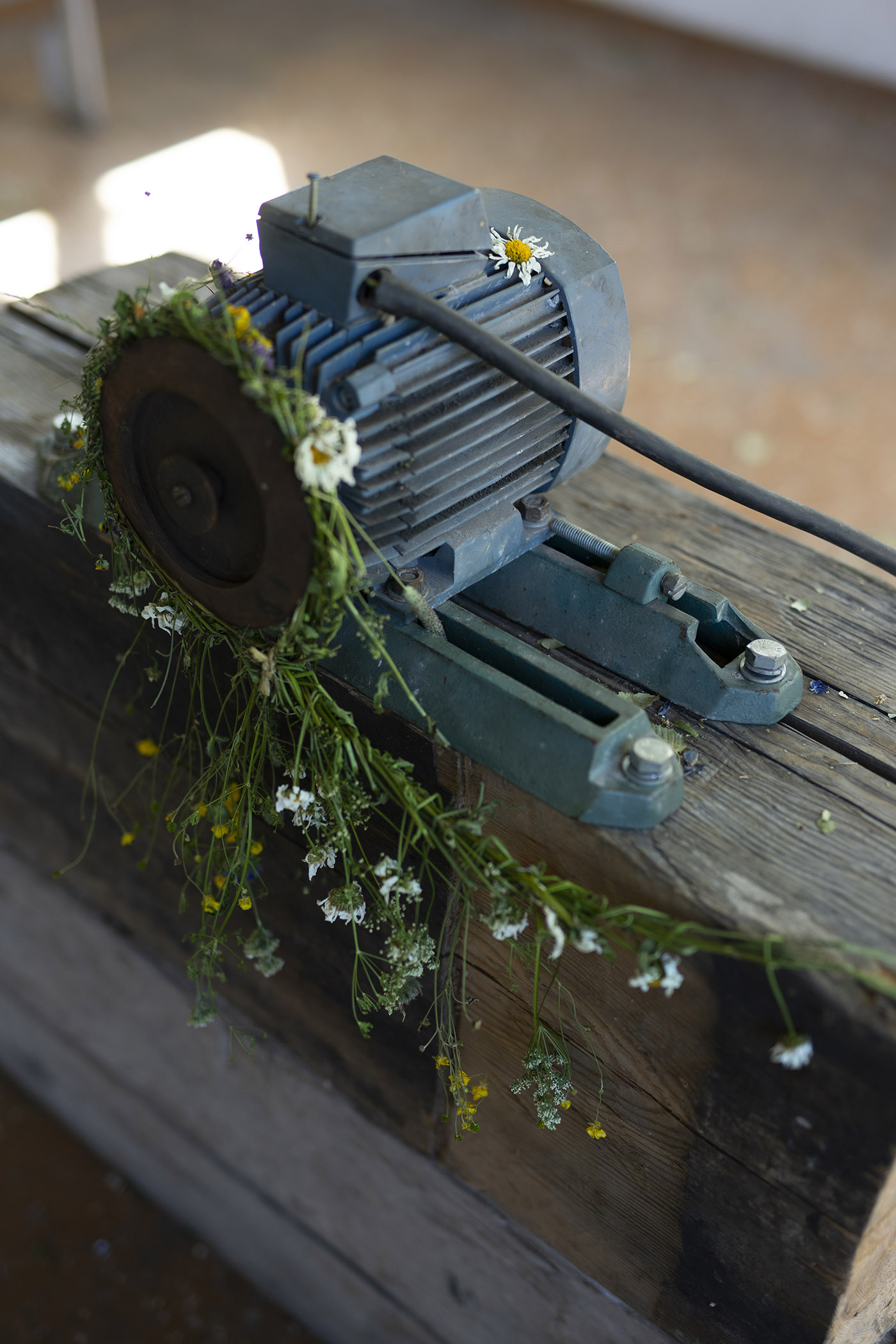
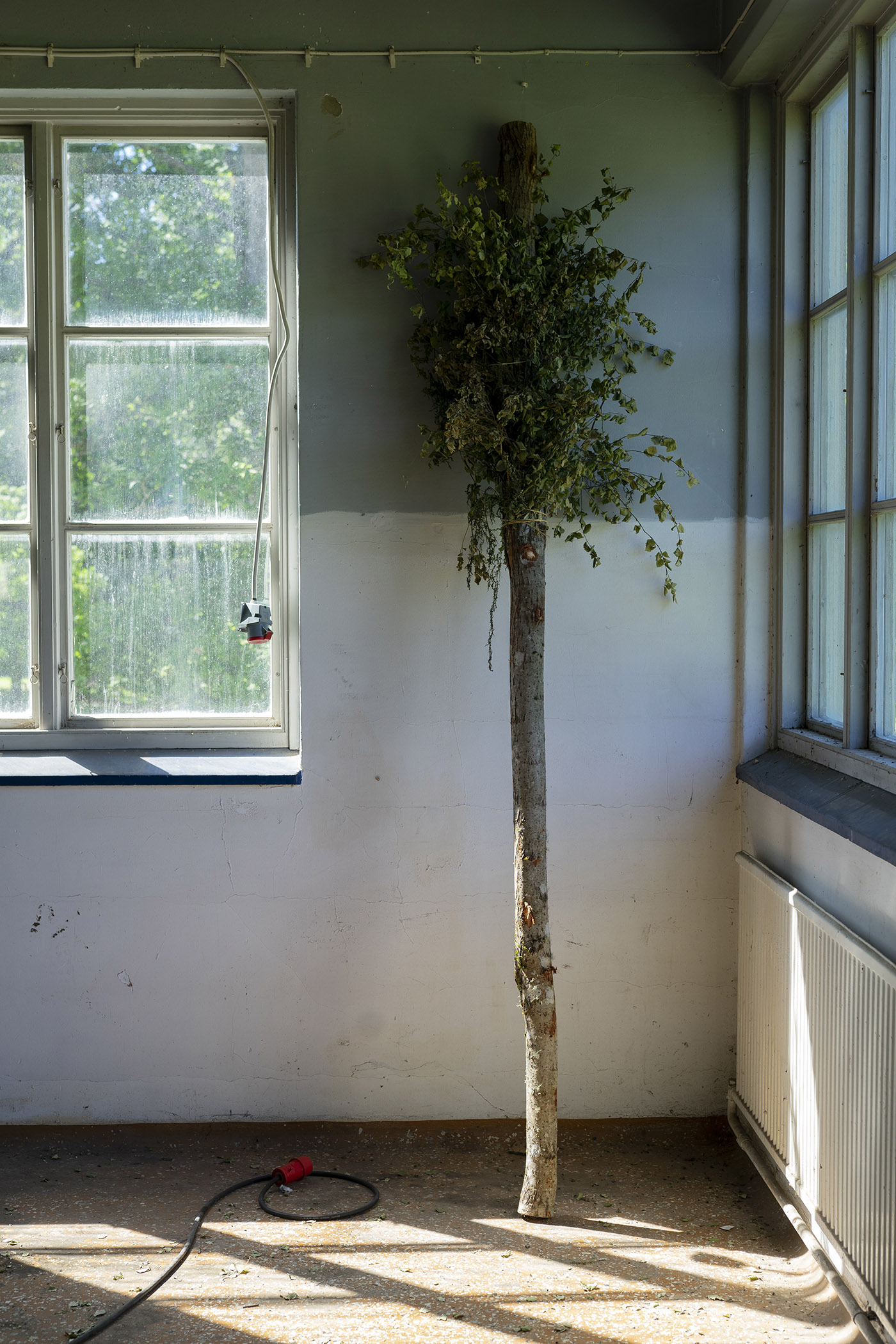
River (three pieces)
Ready-mades, laser cut brass, 3D printed details, stainless steel, epoxy clay, found dead insects, rubber glow, wood, tape
Trigger (series of three)
Tree trunks, engravings
Mirror
Laser cut and polished aluminium, printed paper, found dead frogs, snakeskin
Untitled
Part of tree trunk, engraving
A fuse is an electrical safety device that operates to provide overcurrent protection of an electrical circuit. Its essential component is a metal wire or strip that melts when too much current flows through it, thereby stopping or interrupting the current. It is a sacrificial device; once a fuse has operated it is an open circuit and must be replaced or rewired, depending on its type.
The works consist of eight site-specific sculptures (two series of three and four pieces, and two separate pieces). Fuse boxes and living matter that has been abruptly taken out of their natural life cycles. The location, a garage and manufacturing hall, located in a four hundred years old iron mill, a place of work. It depended on the transformation of material. From water –to momentum that moved hammers to refine iron ingots into metal bars. Iron was the prime financial mover of Sweden during large parts of its history, so even though its remote location in the west of Sweden, the matter and the living souls that worked in and around the mill were affected by a global immaterial market, which eventually shut this mill down at the end of the 19th century.
Joar Torbiörnsson works with sculpture, installations, and drawing with expressions that are sometimes bordering on the minimal as well as the humorous. His visual language often concerns the ontology of the artworks themselves and reflects an interest in history, ephemeral experience, sheer materiality, and negative space.
He studied design at HDK, Gothenburg (2015) and fine arts at Gerrit Rietveld Academie in Amsterdam (2019). He is part of a curatorial duo with Giorgos Tsiongas under the name Hybrida and has curated and participated in exhibitions in Stockholm, Berlin, Amsterdam, Milan, and New York. He is currently based in Berlin.
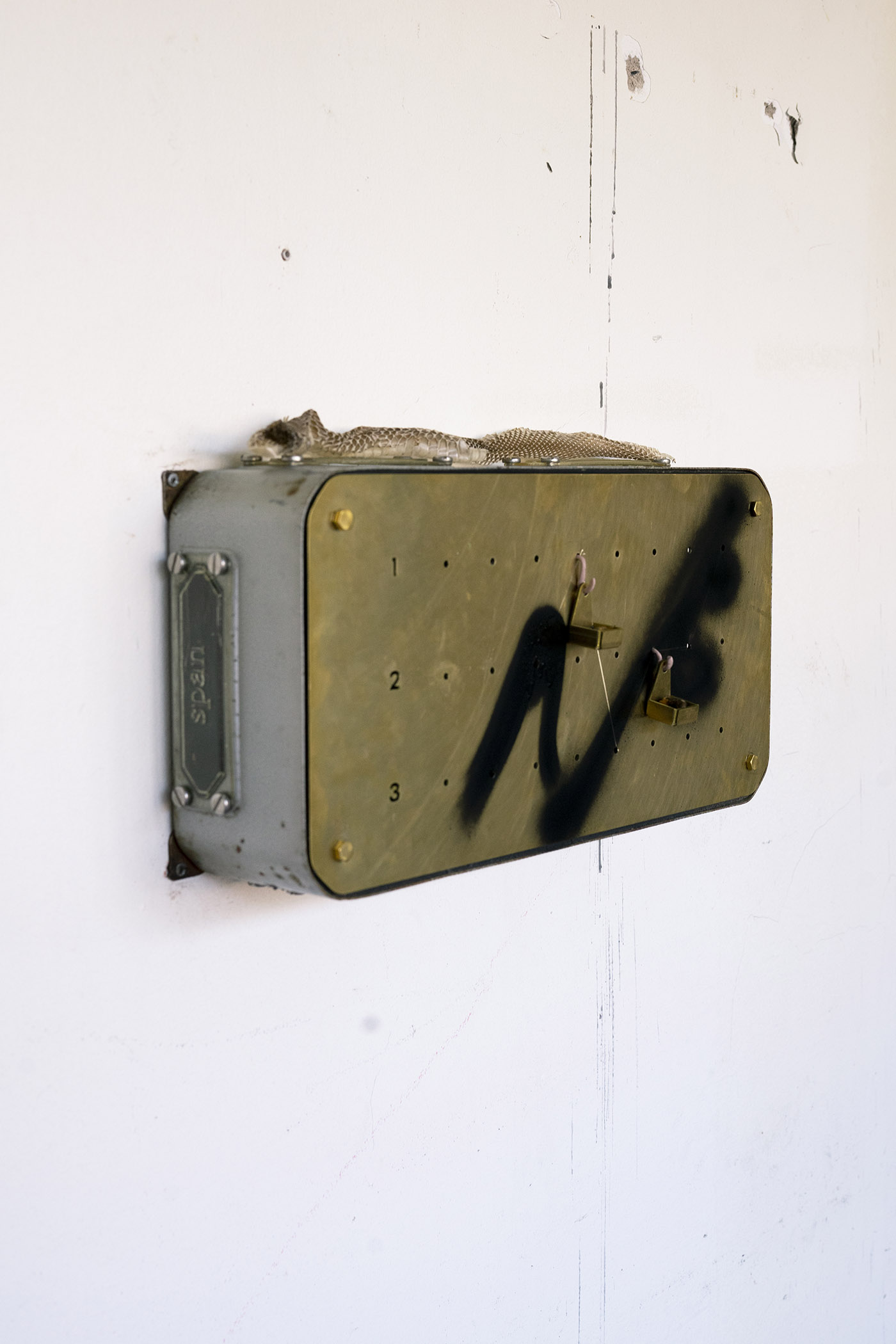
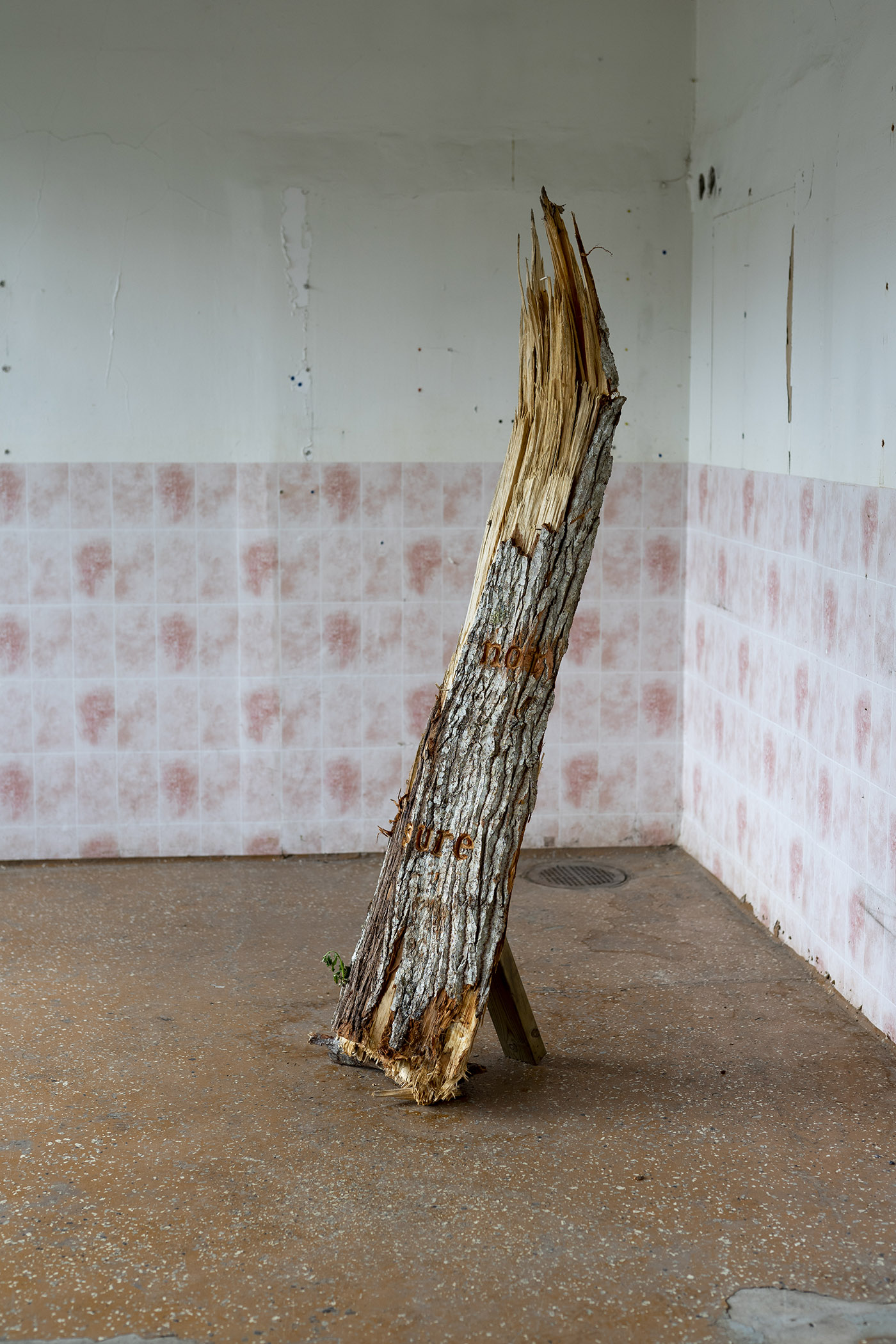
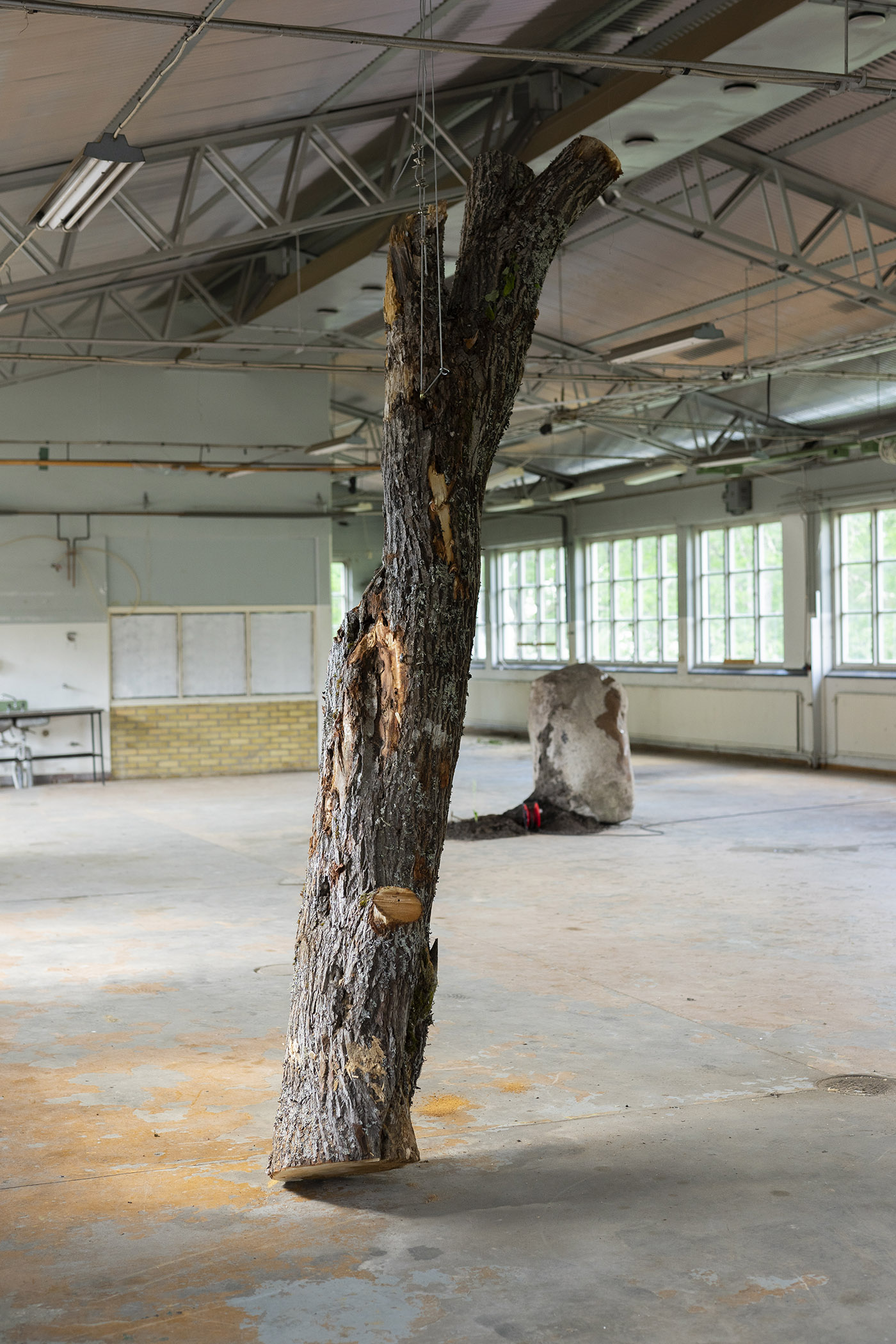

Conveyance
Audio, installation
A series of one-to-one raft trips I took on lake Gräsmången with every resident of hybrida AiR 2. Each time, half of the ride was recorded, and the other half was not. None of the conversations had a prefixed subject and they were mainly shaped by chance, mood, and weather patterns.
The audio recordings were then fed to a granular synth app that reshuffled them algorithmically. This process has broken any sense of linearity, making phrases and sounds come and go randomly (like waves), thereby rendering the sound material in a new erratic reference to itself. The result can be described as a custom audio portrait of the experience of every trip, and an attempt to mirror and play with the dynamic, alchemical nature of memory.
The installation also includes a fishing boat installed in space, a different one from the one originally used, reinforcing the fluid validity of the experience, and allowing it to take on another shape altogether.
The work is exhibited in the attic of one of the buildings on the site, alongside the audio installation of artist duo Holly Childs and Gediminas Žygus. The two works are placed at the two far ends of the open space and were activated in turns, allowing an entirely new dialogue to emerge.
Giorgos Tsiongas is a poet and performance artist. He lives and works in Athens. He studied Geology at the National and Kapodistrian University of Athens, Fine Arts at Gerrit Rietveld Academy in Amsterdam, and Art Praxis at the Dutch Art Institute in Arnhem. He has published books of poetry in Greek and English, curated and exhibited in Athens, Amsterdam, Stockholm, and other cities in Europe. His work trades in crypto self-actualization as a tool for confronting a mirrored external self. Currently, he works with the idea of poetic language functioning as a chance operator or an oracle. Giorgos’ poems work on the page or as future blueprints for other infrastructures, prompting the reader to explore an augmented reading potential.

